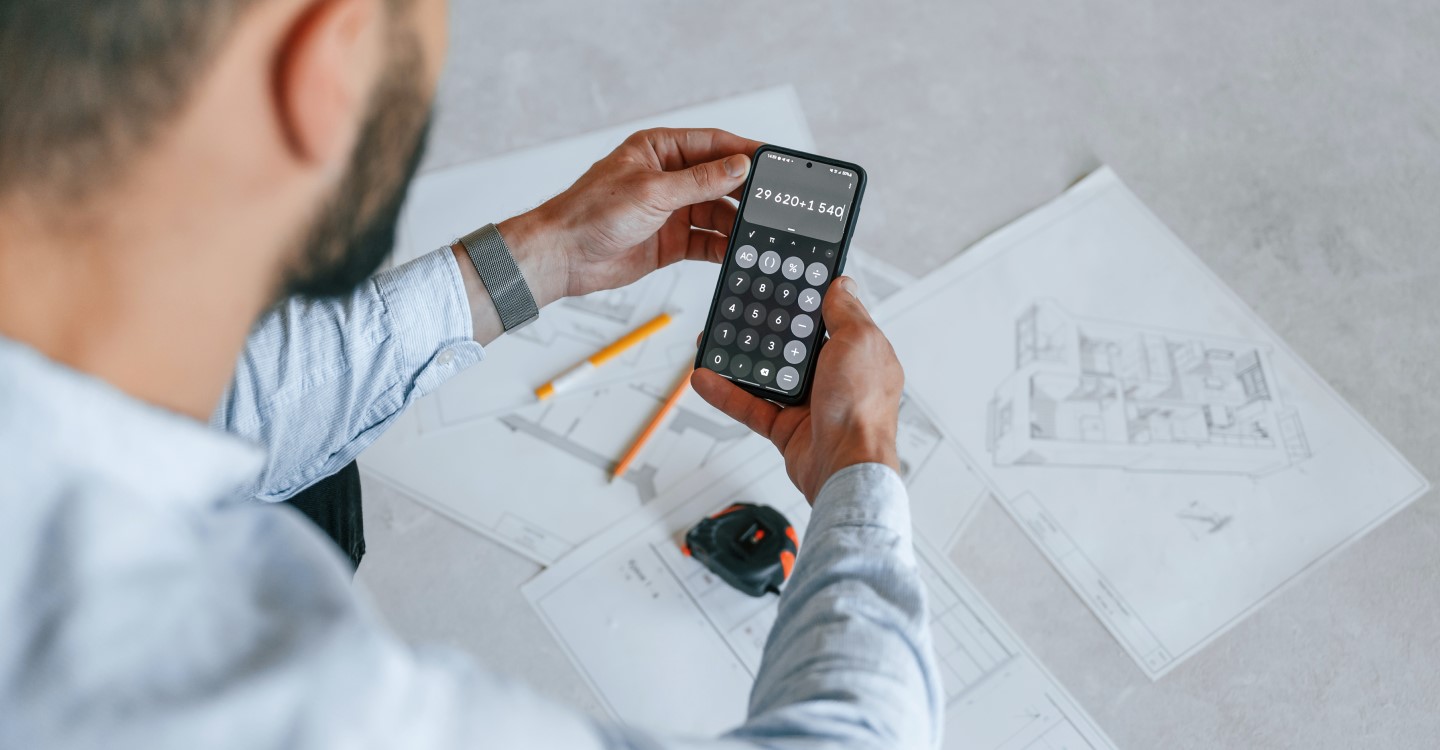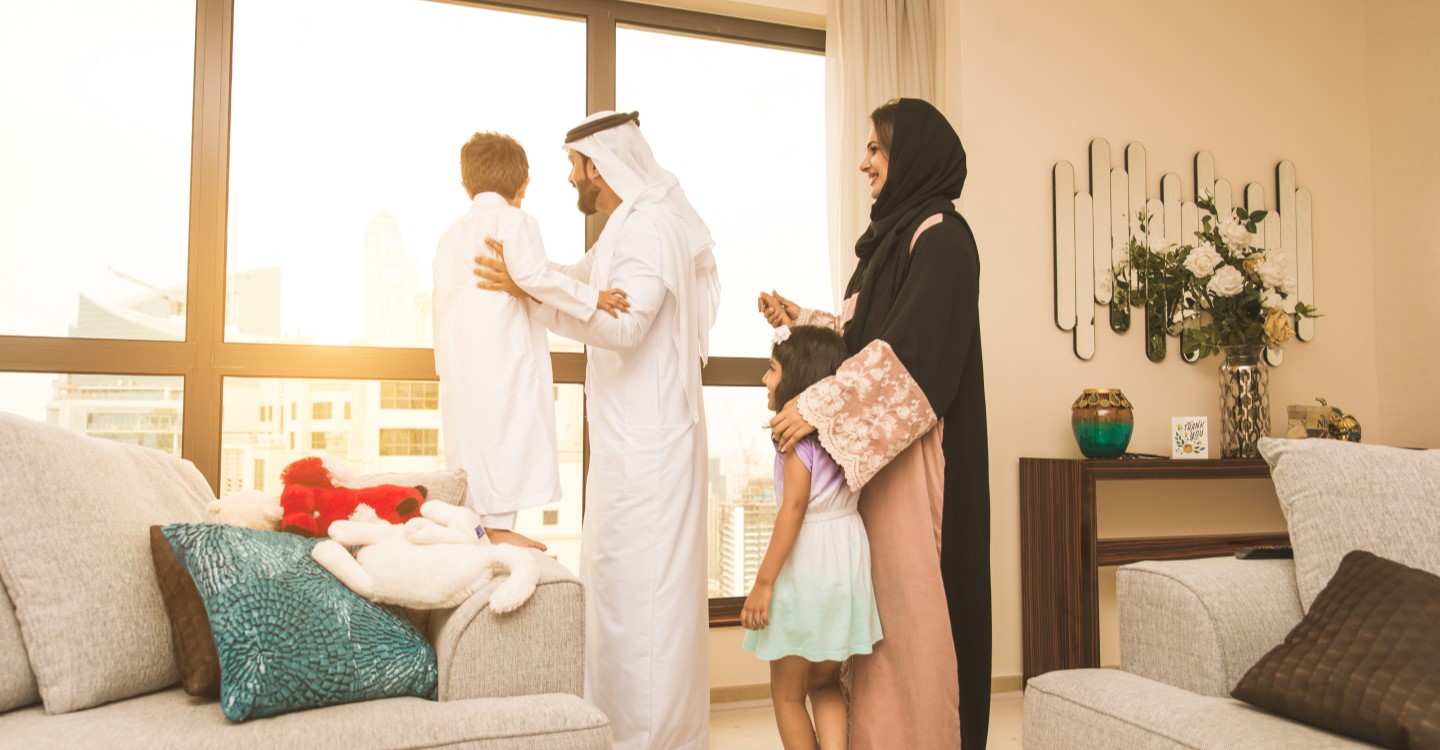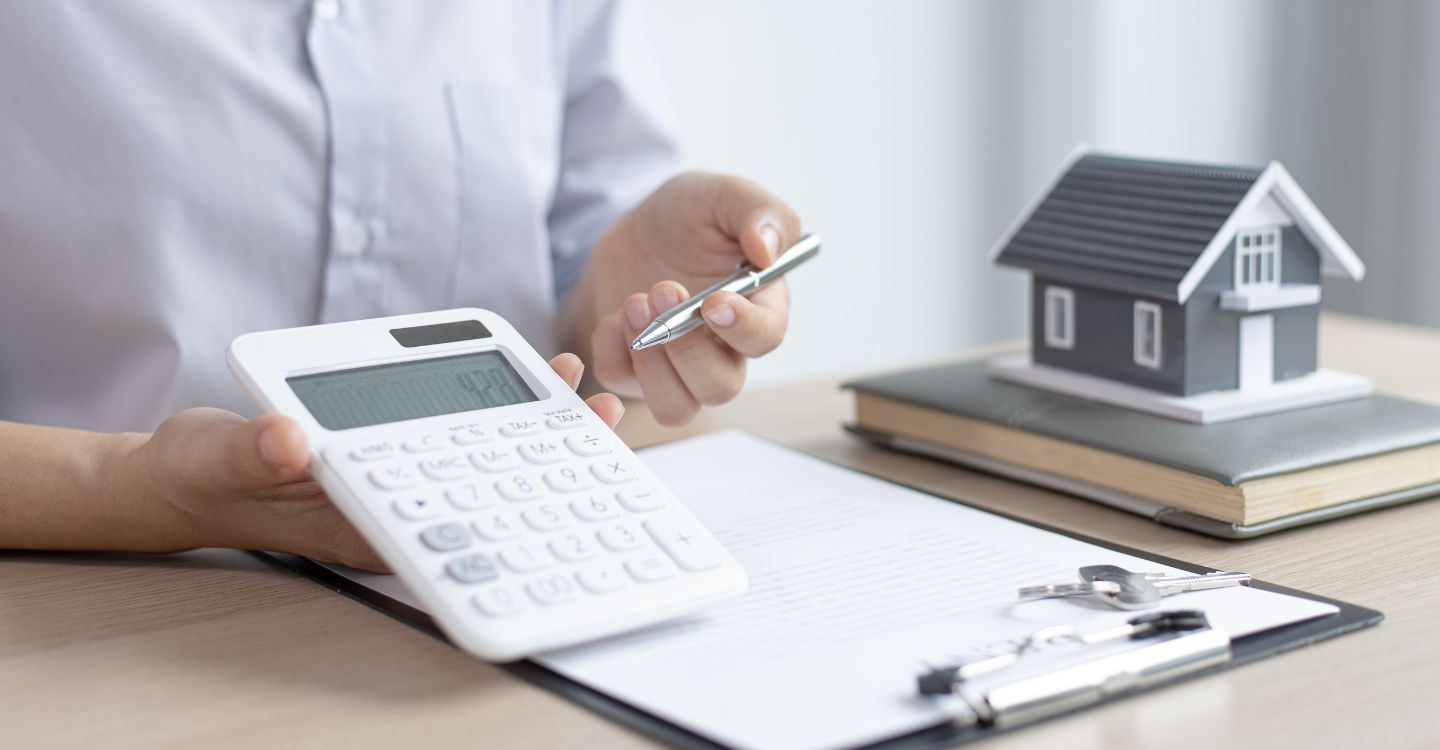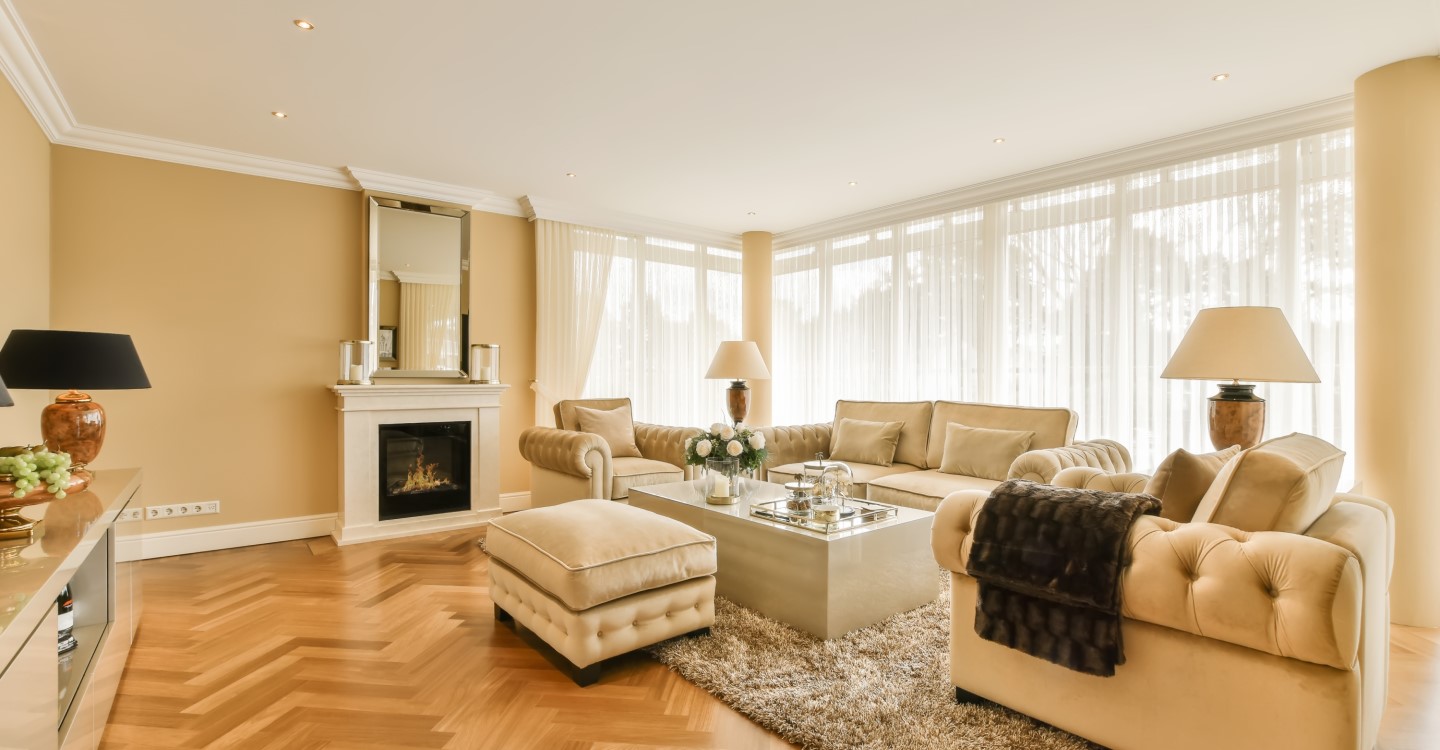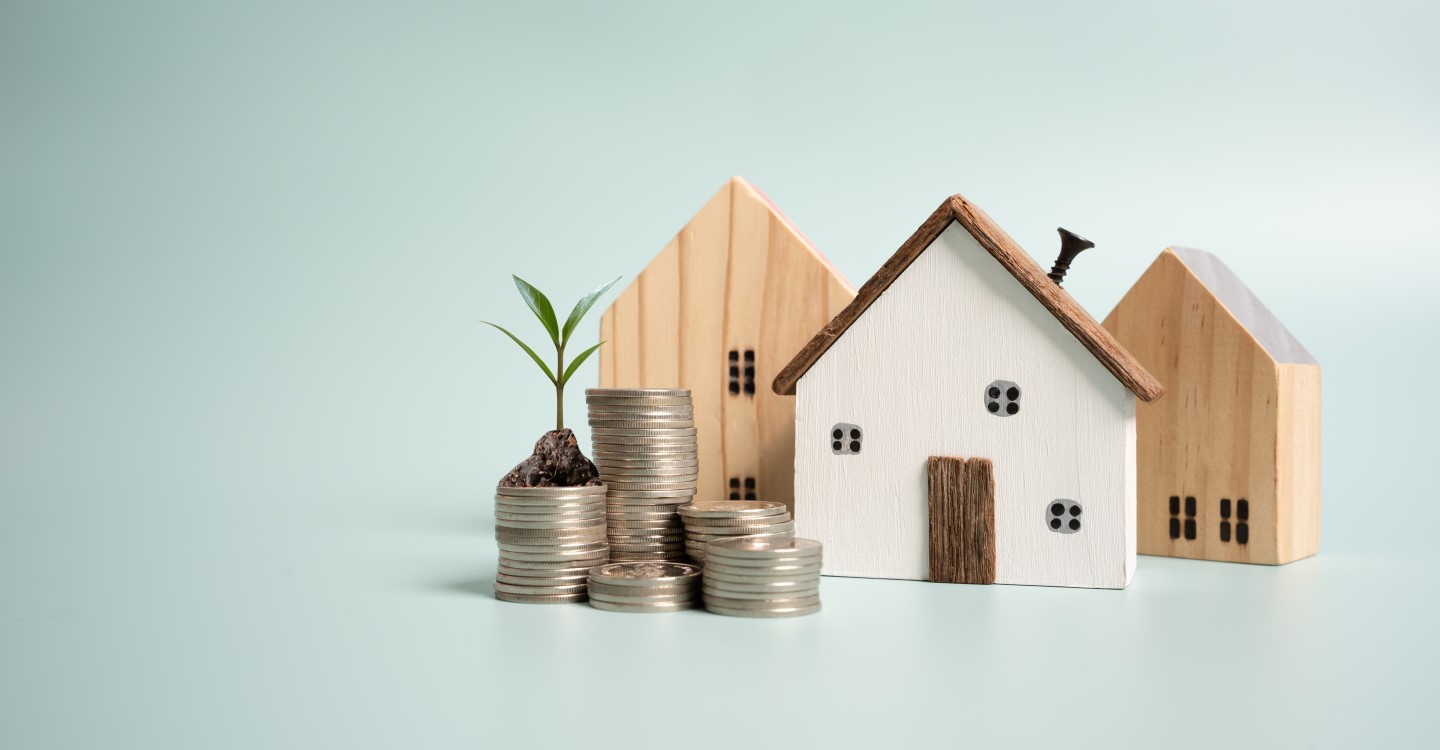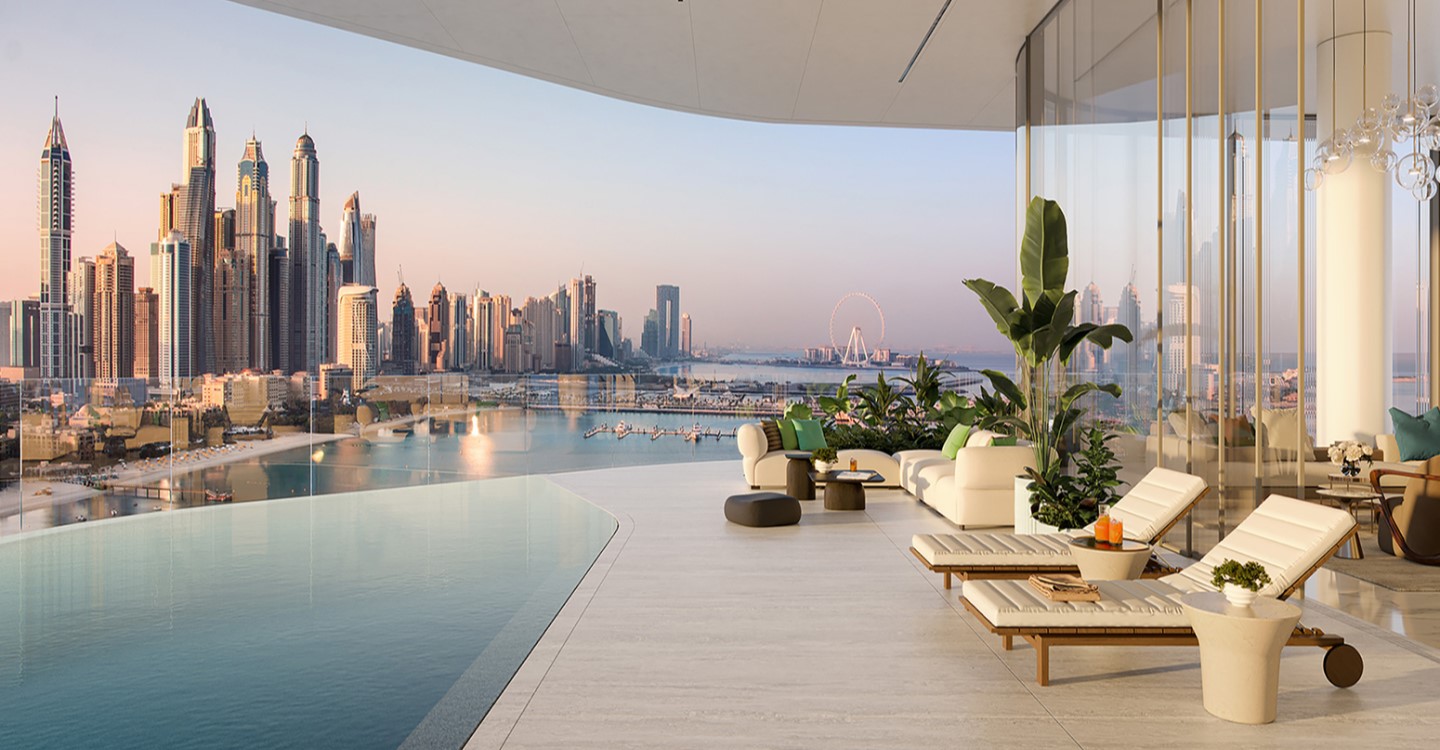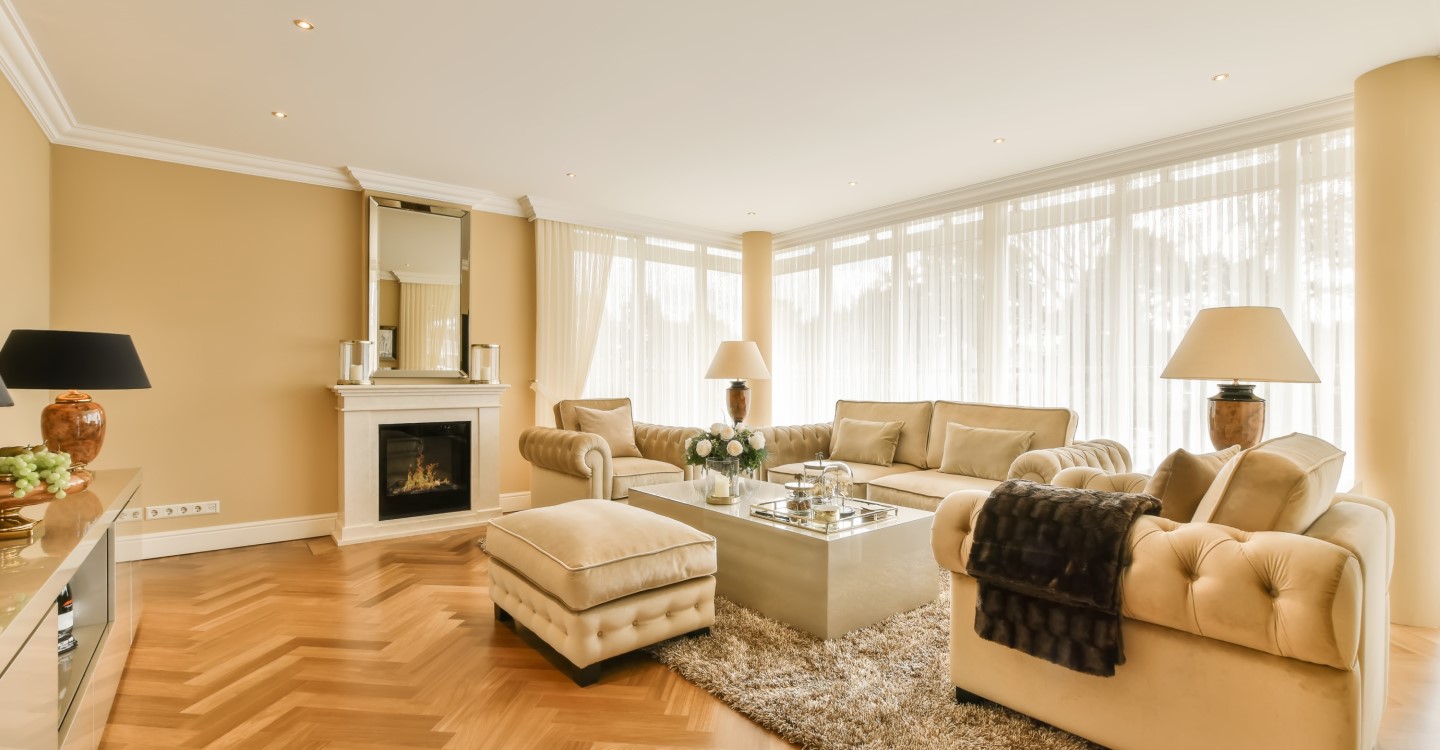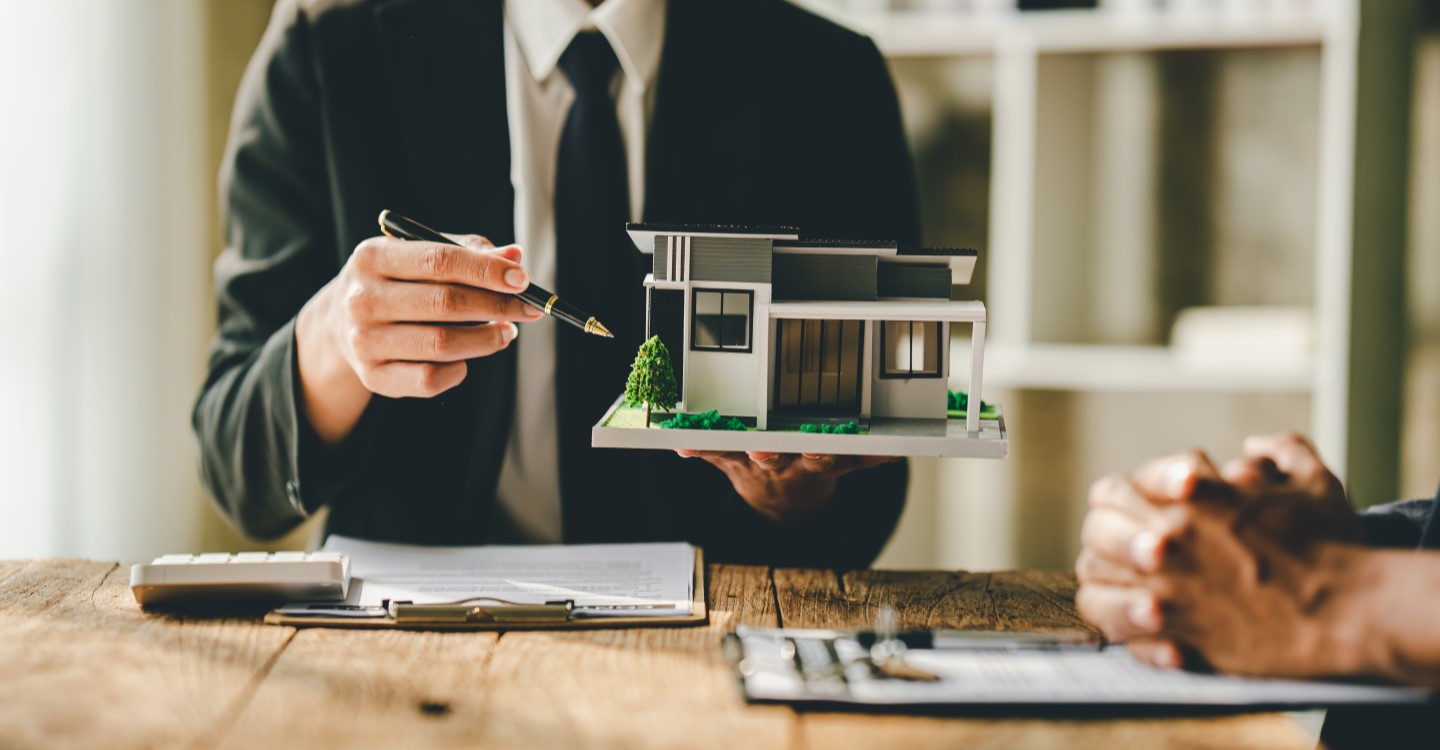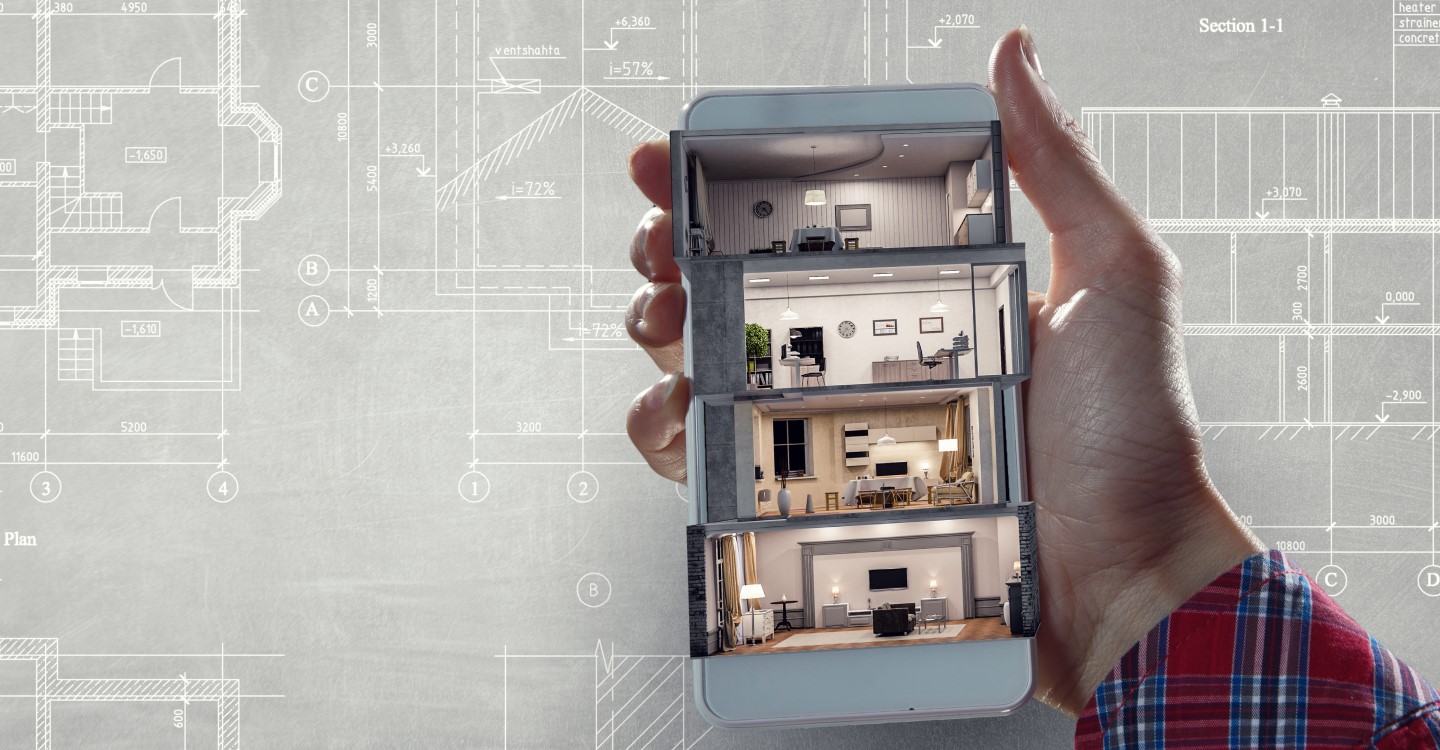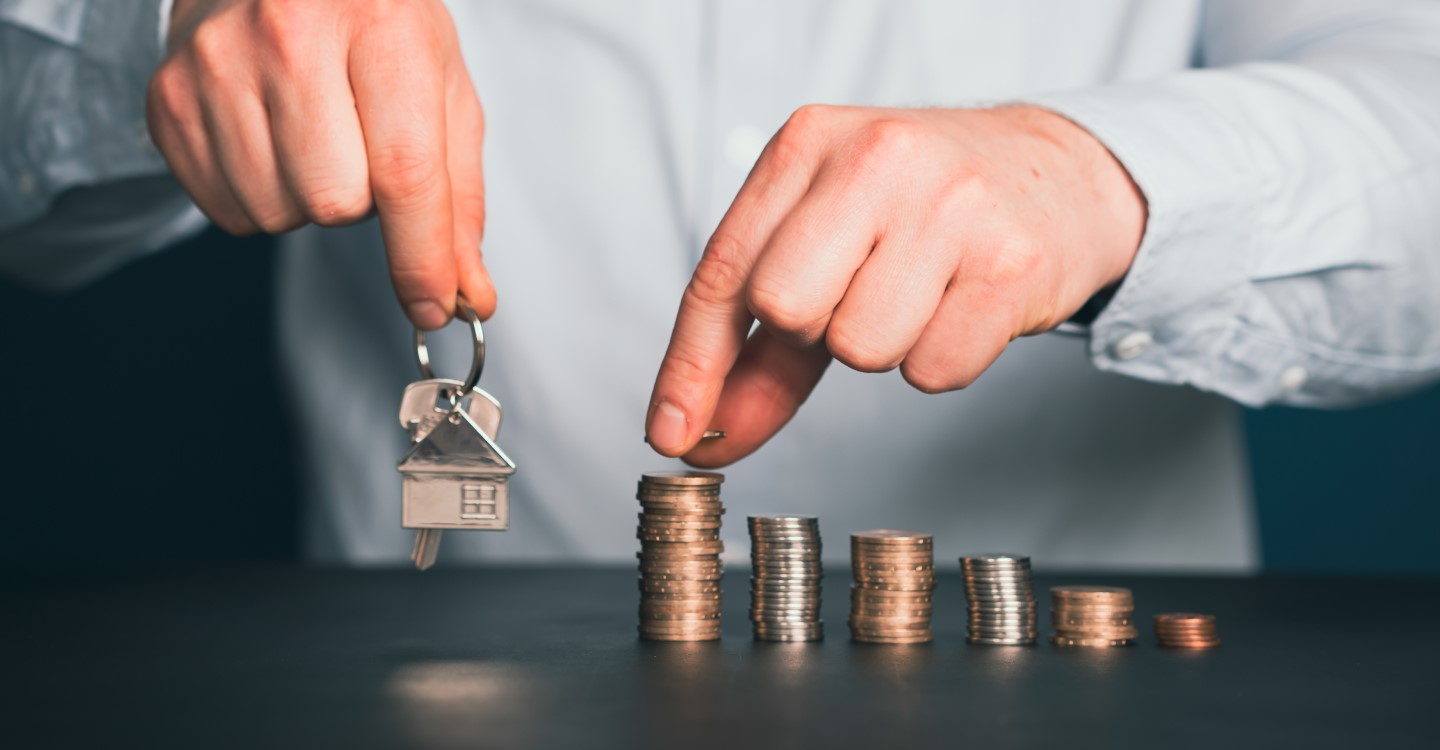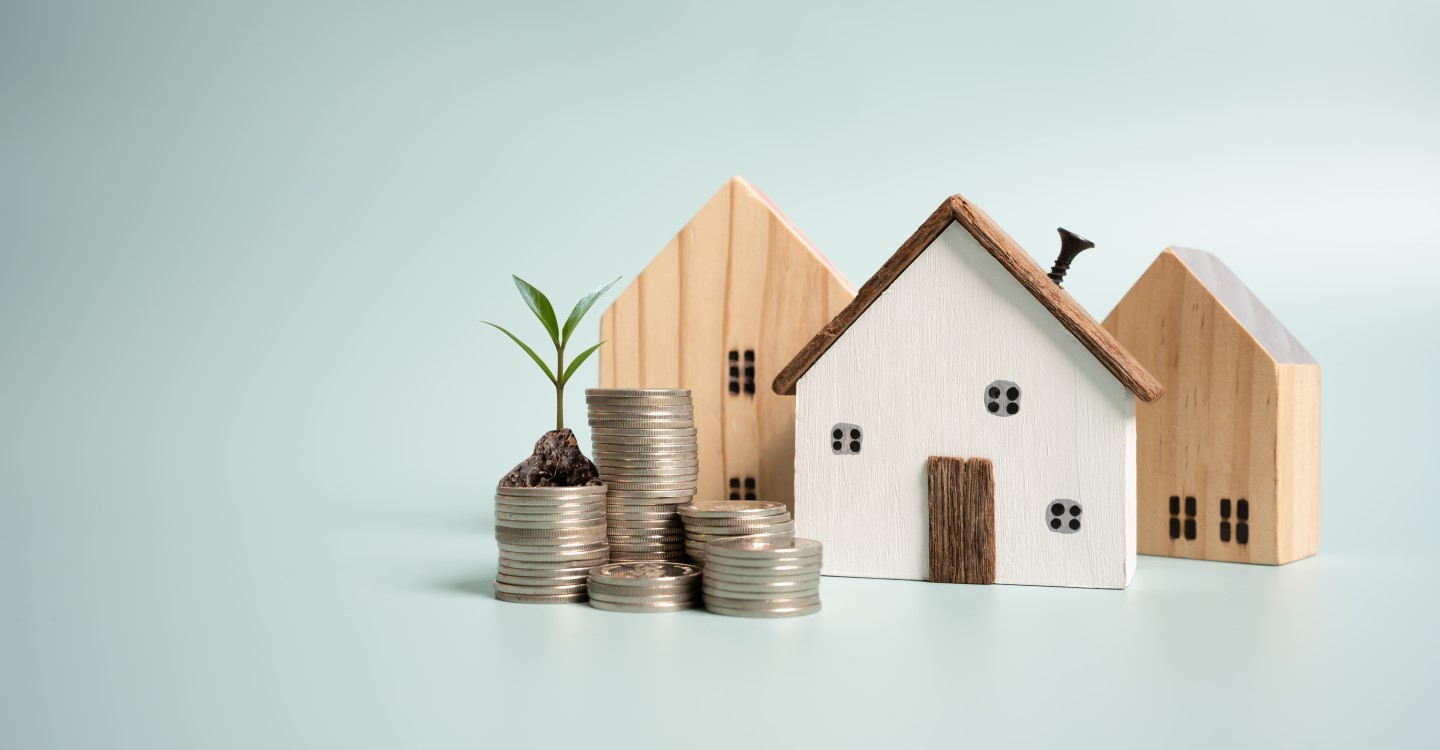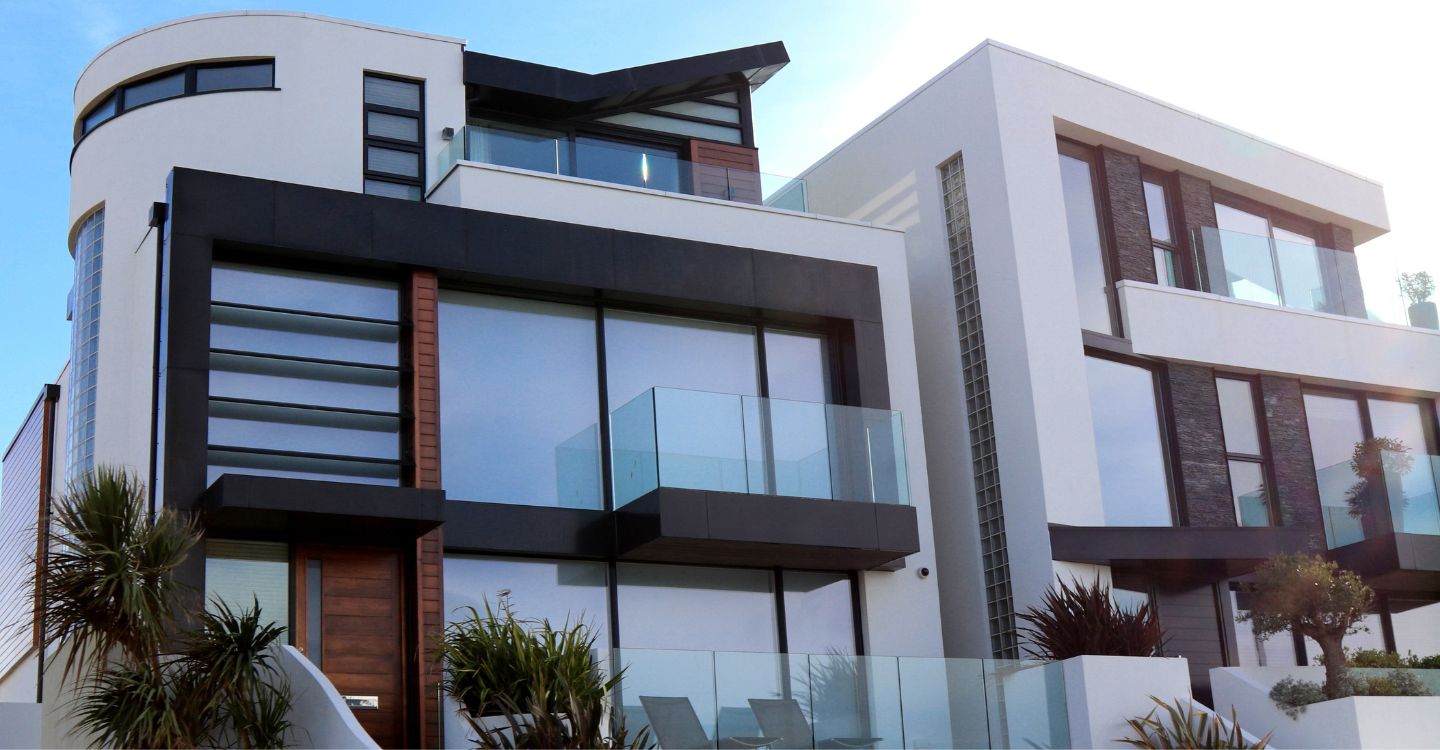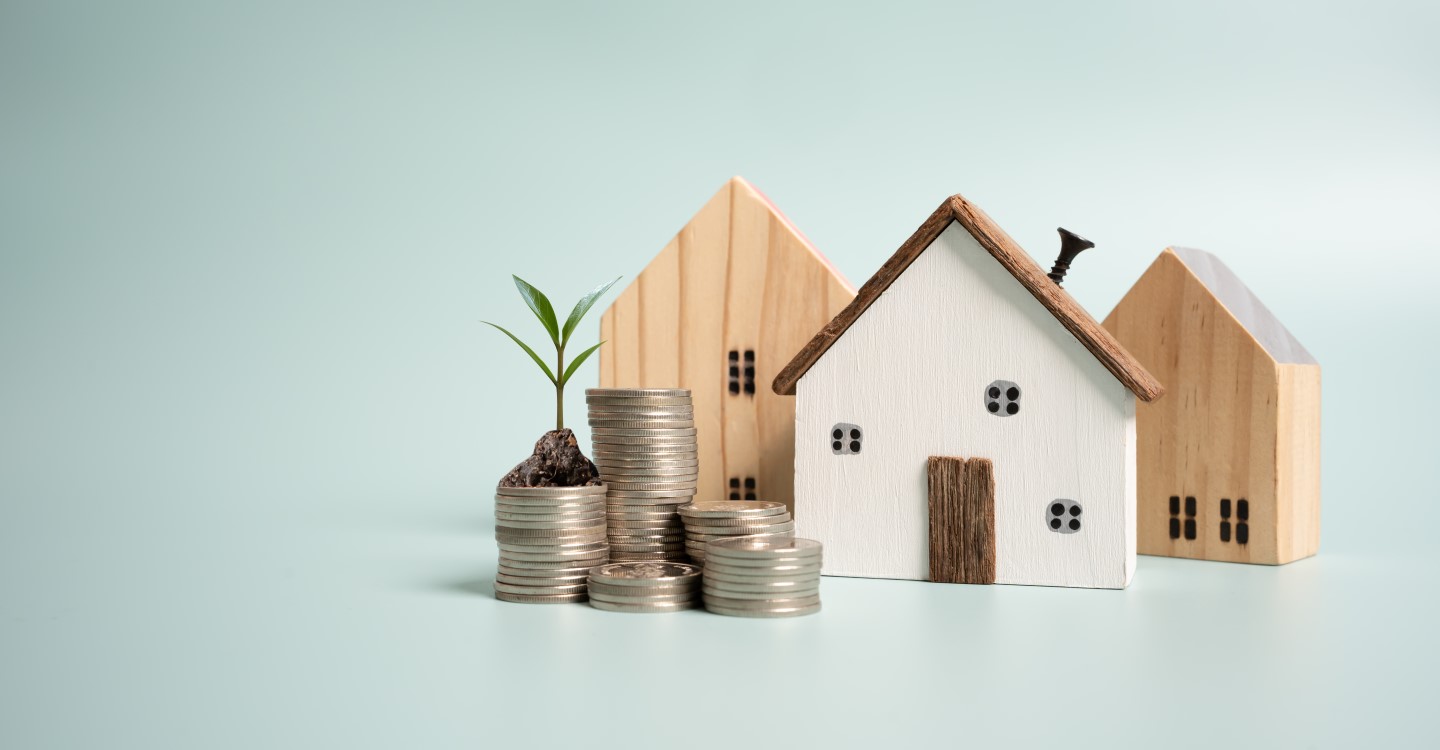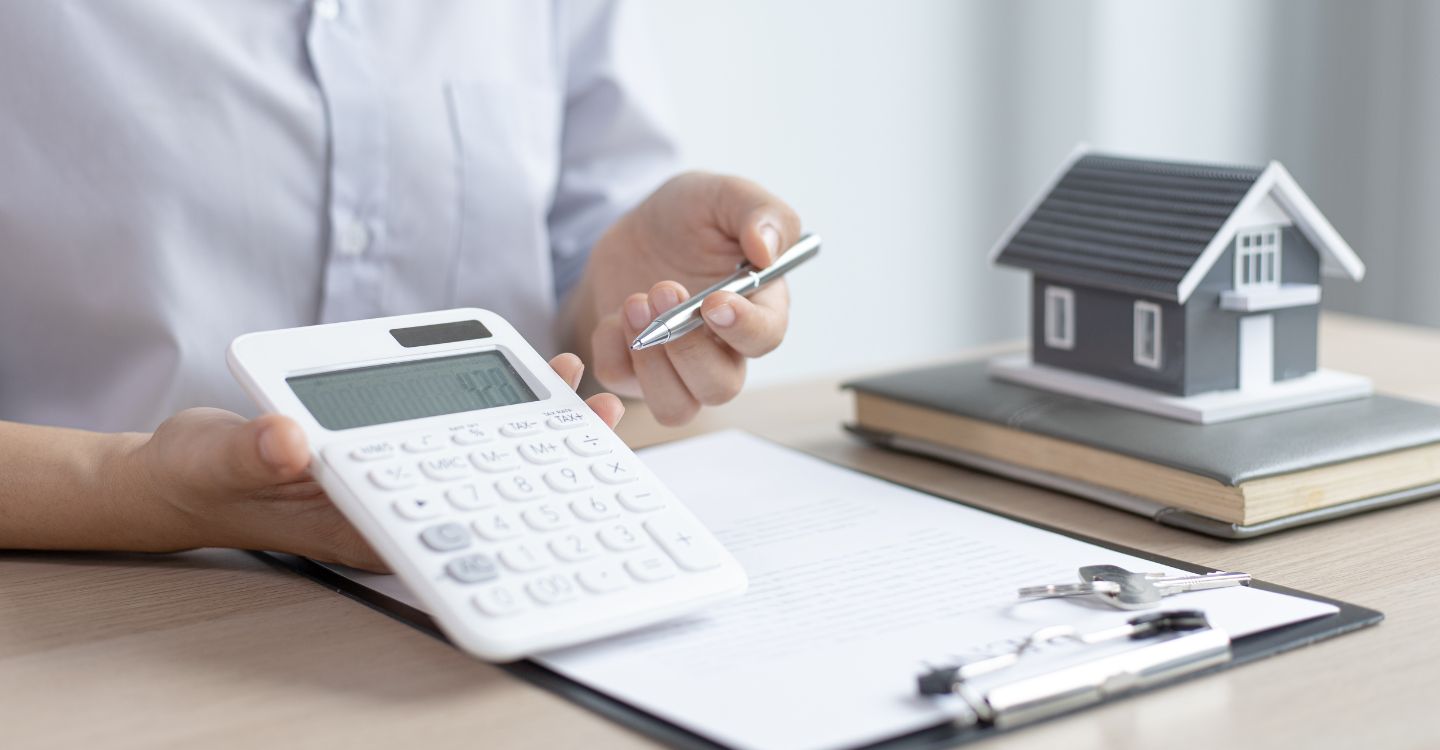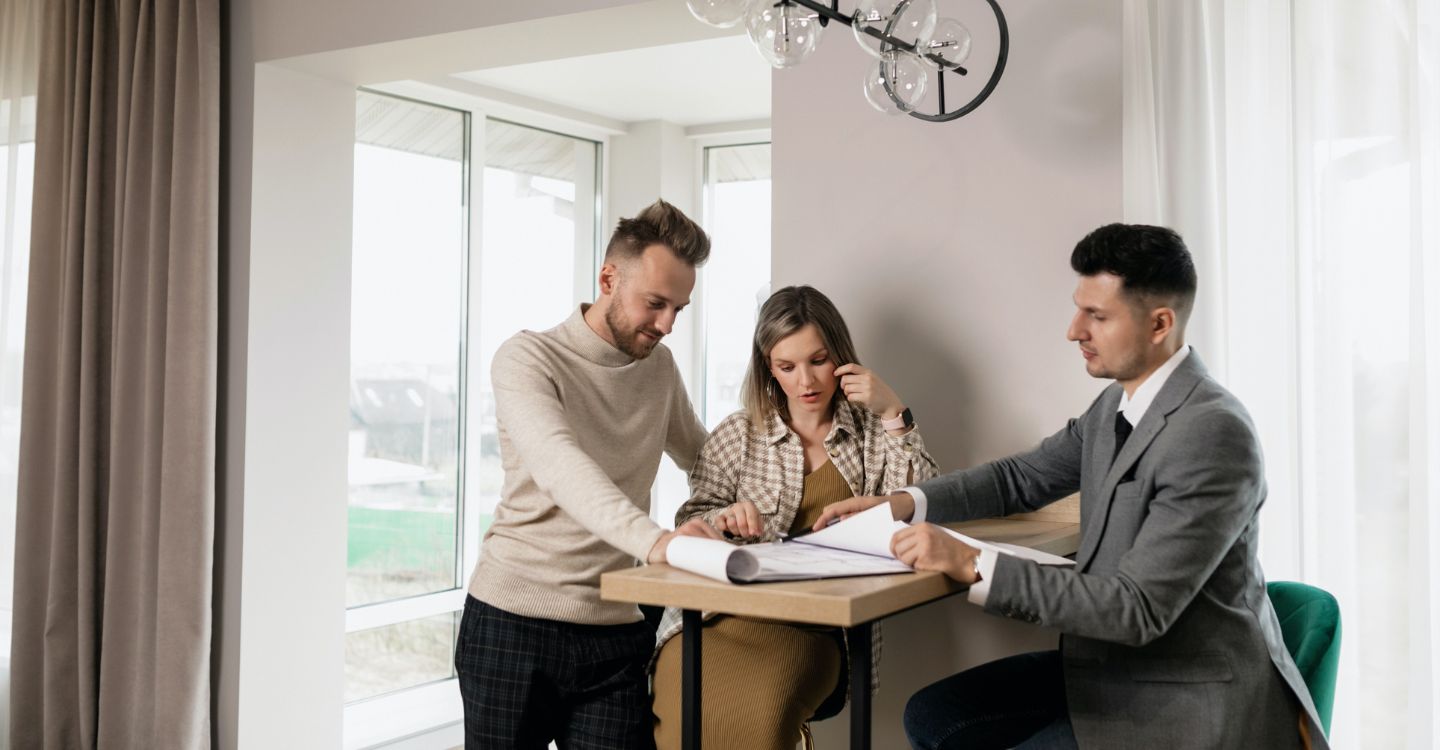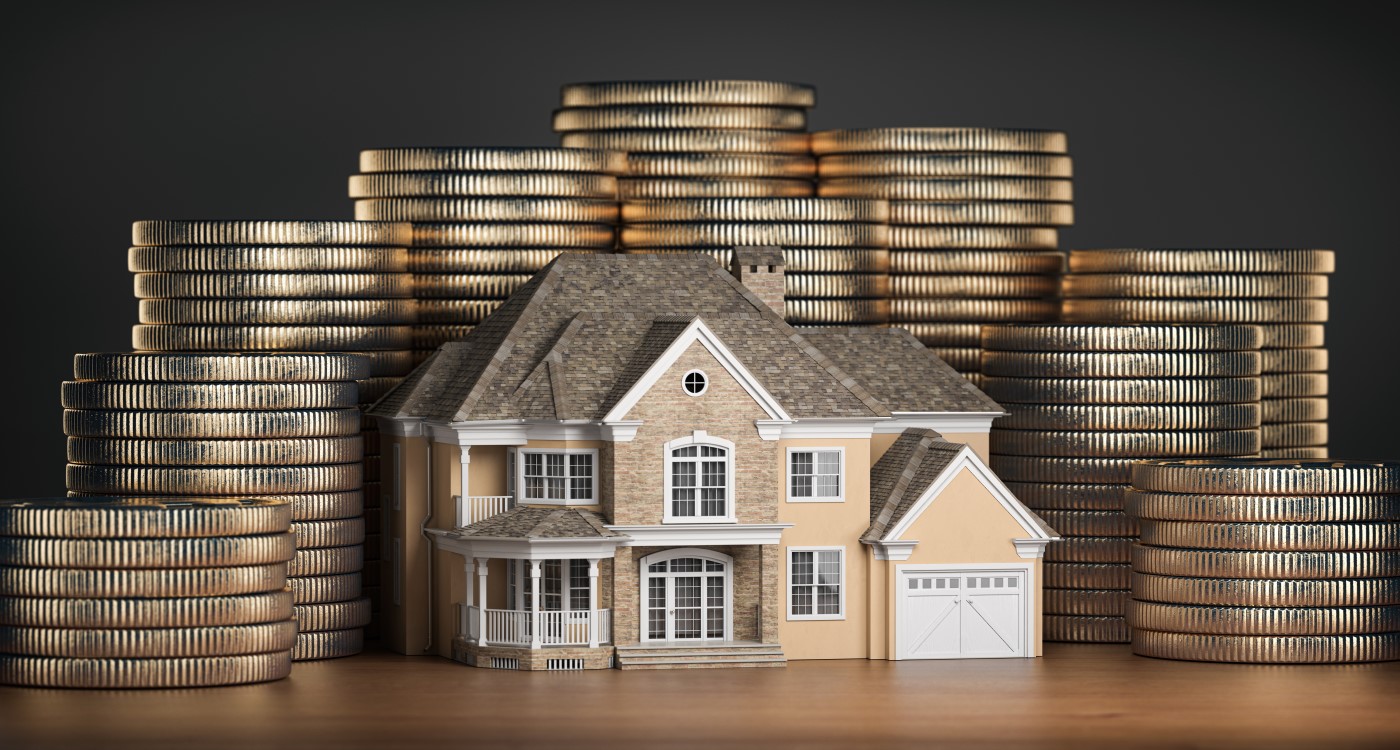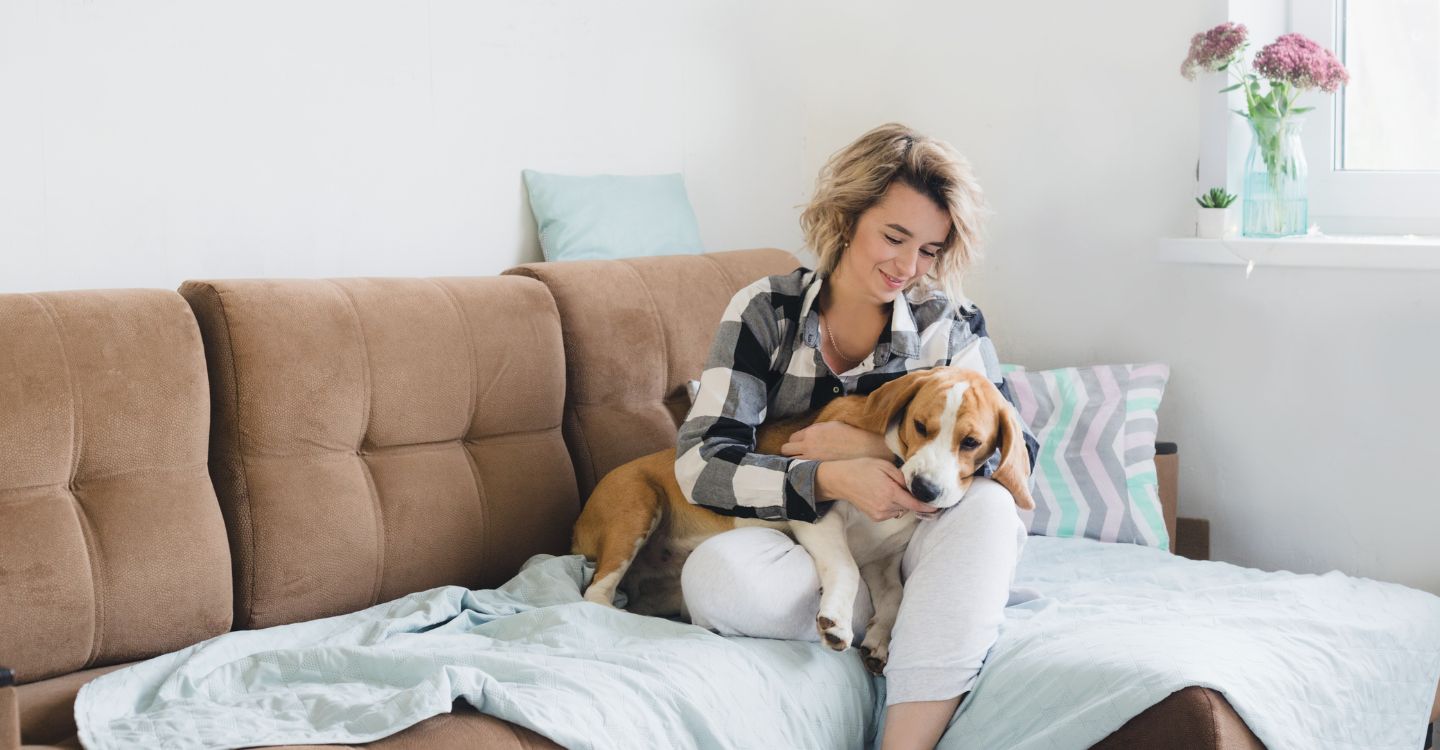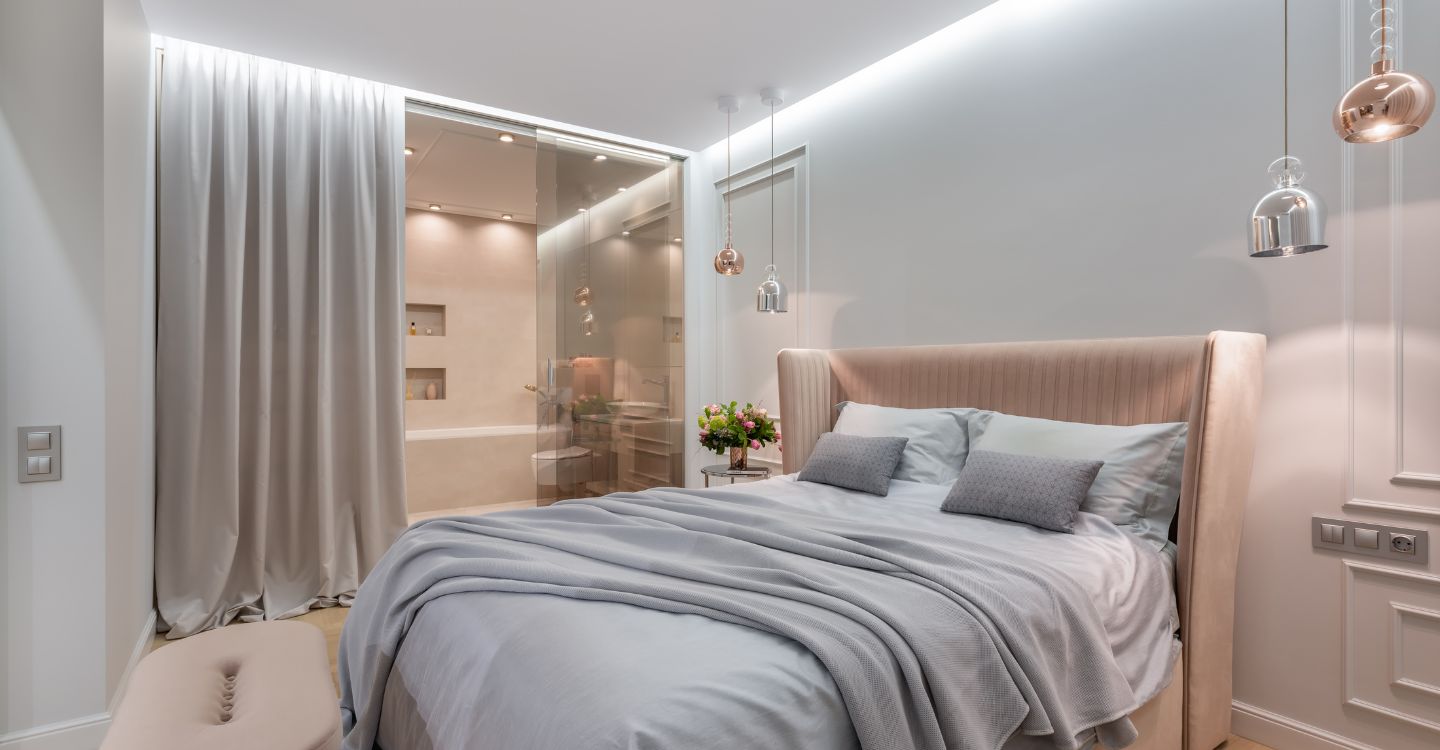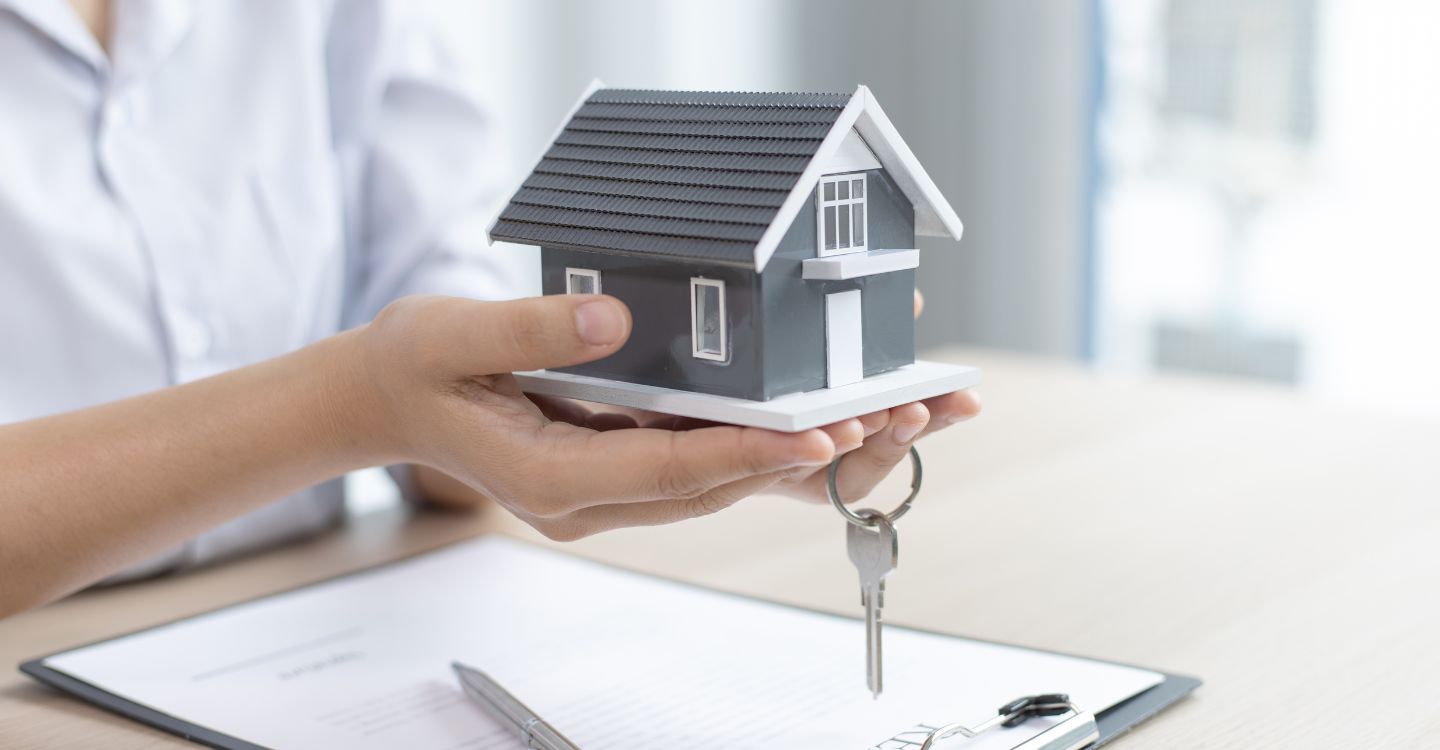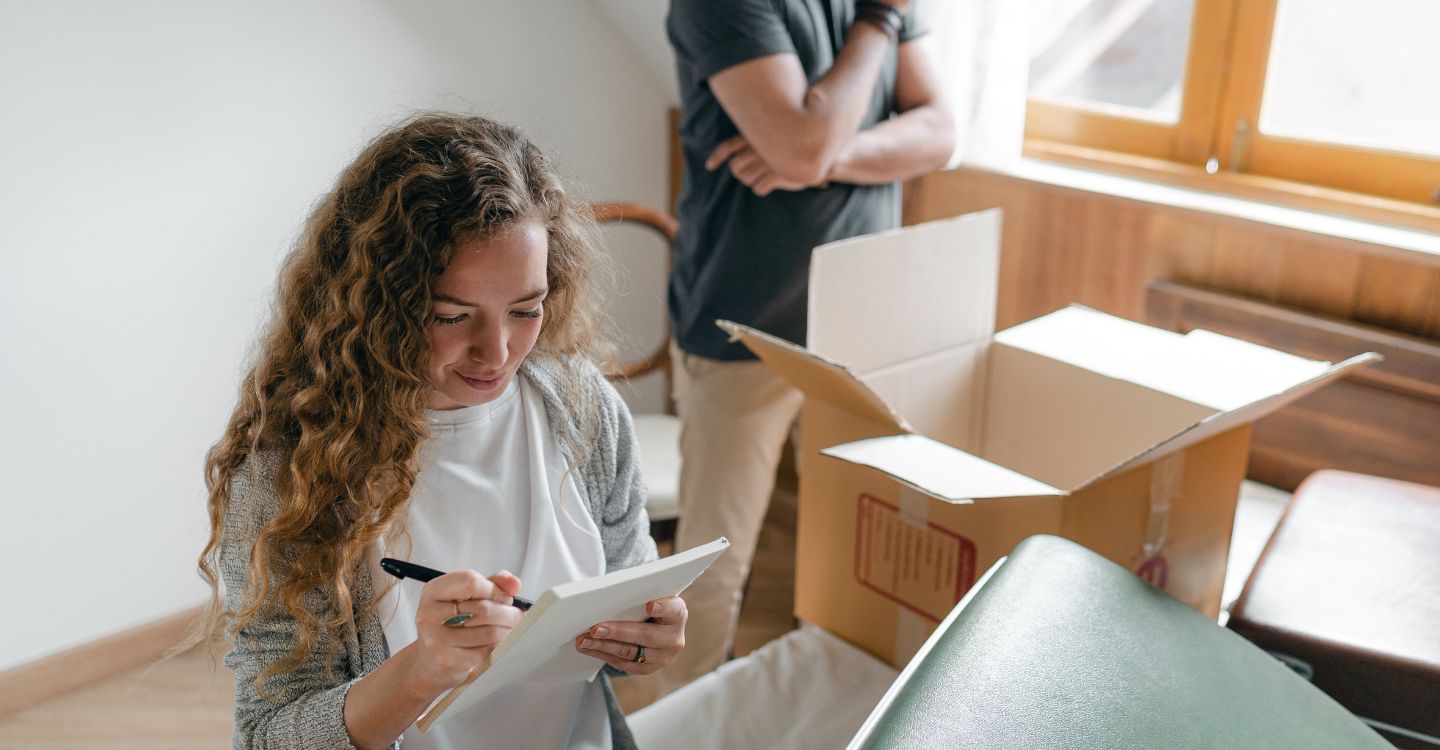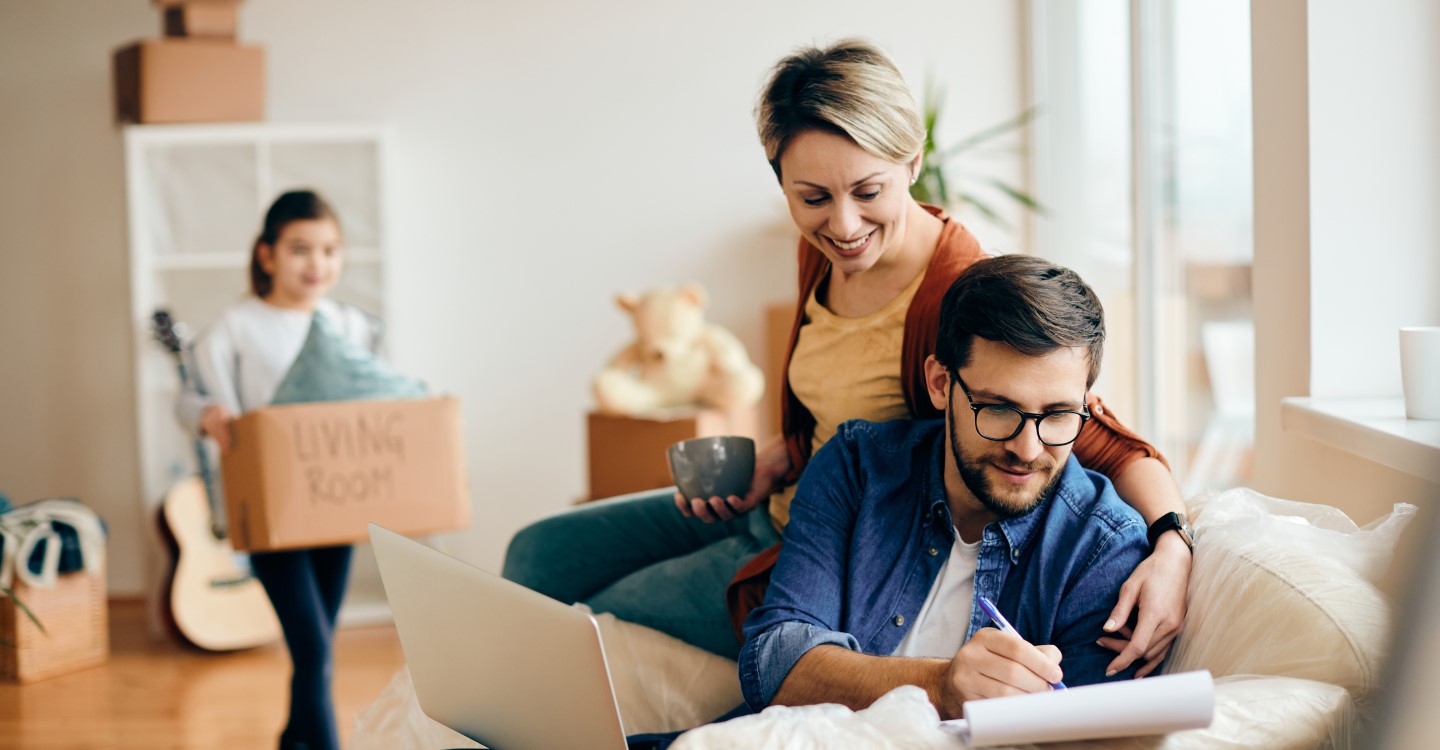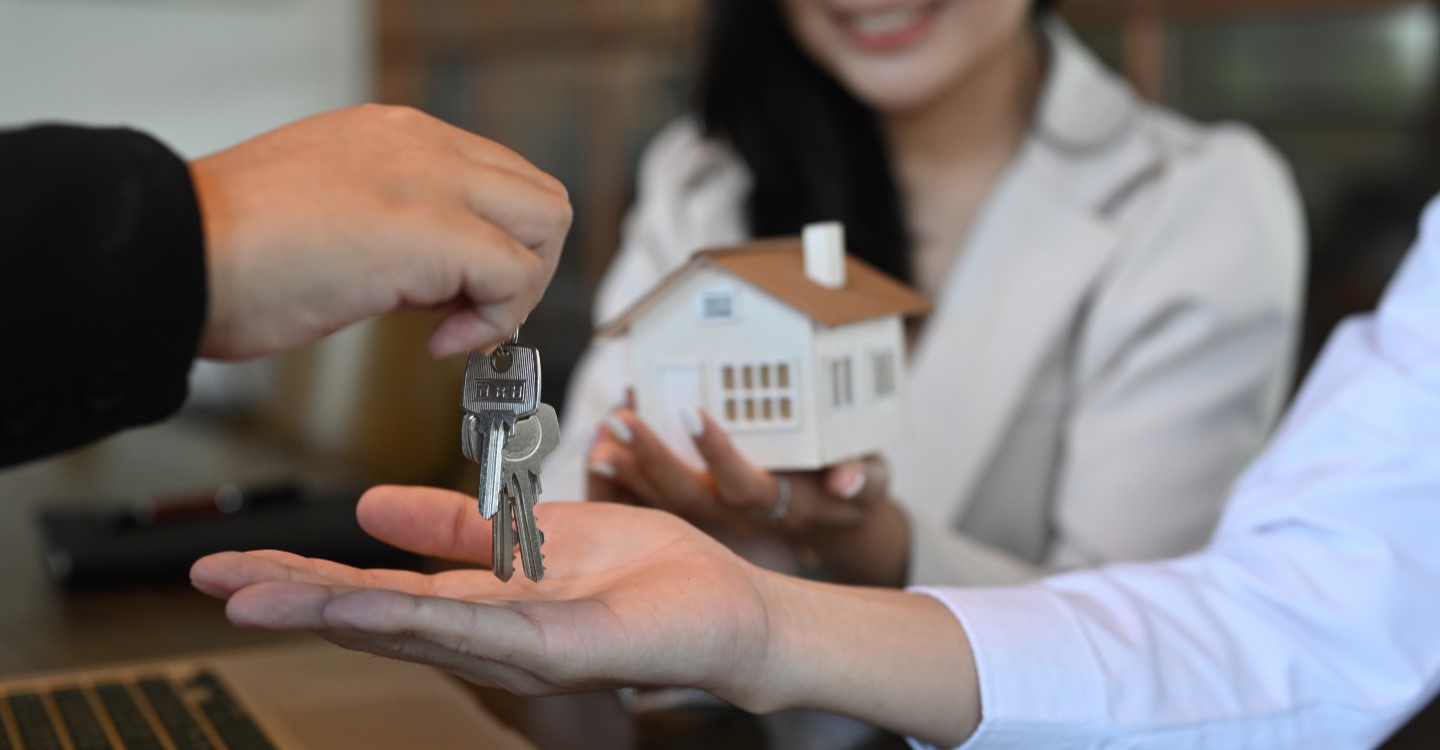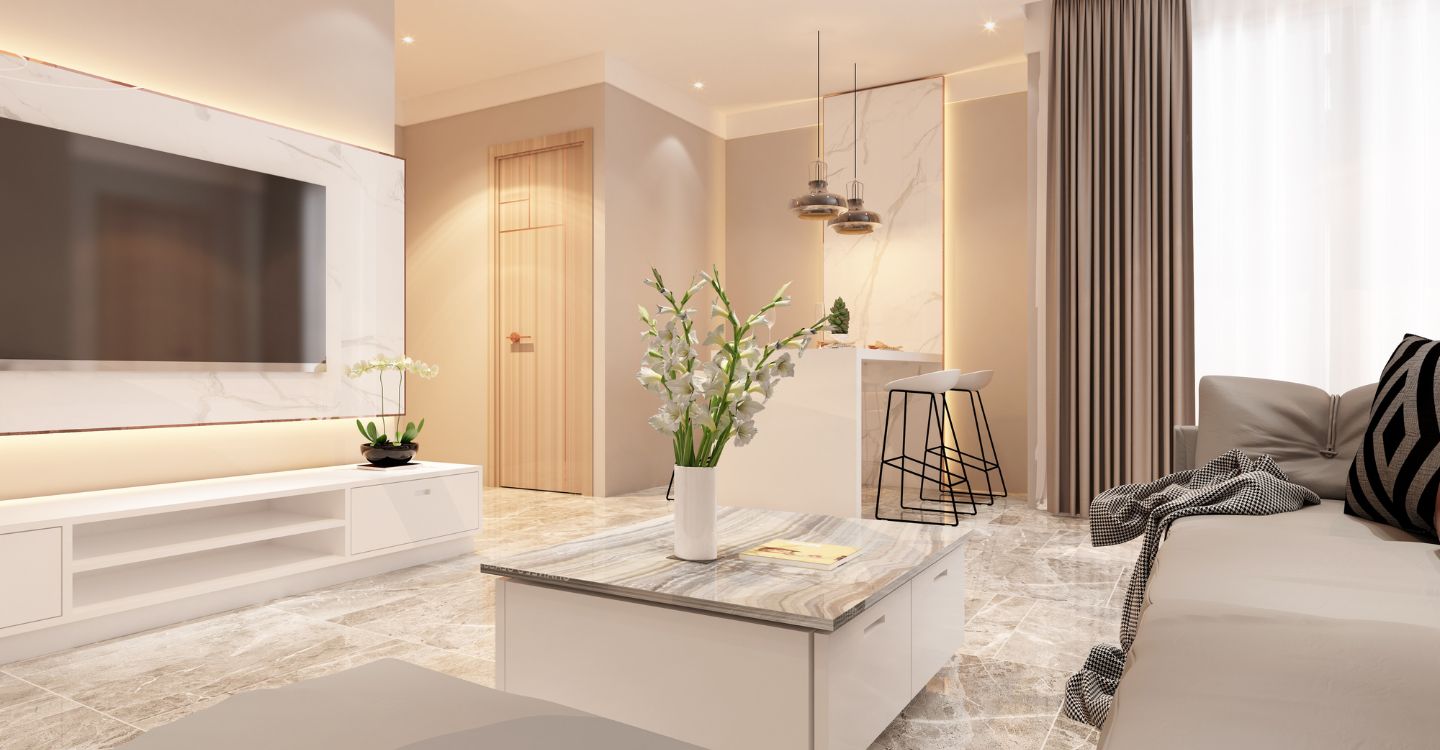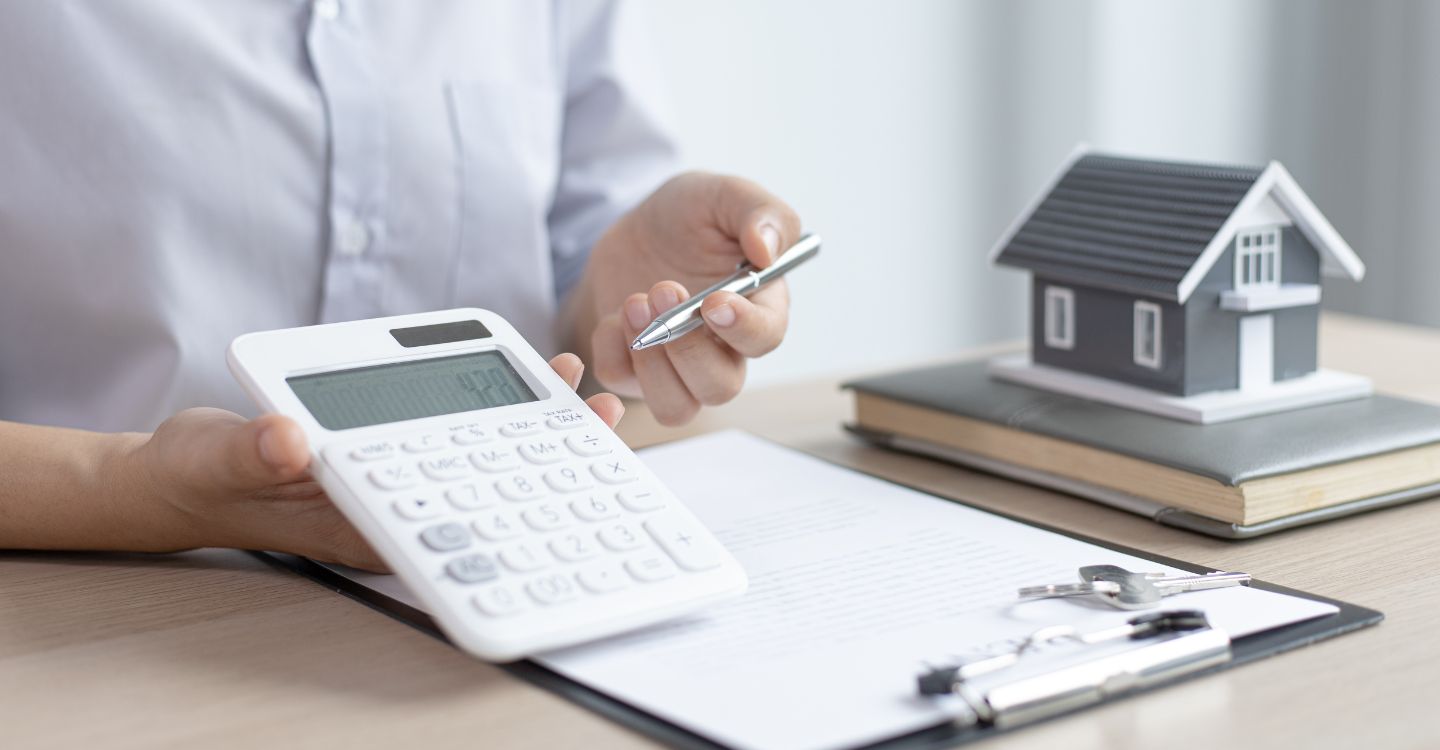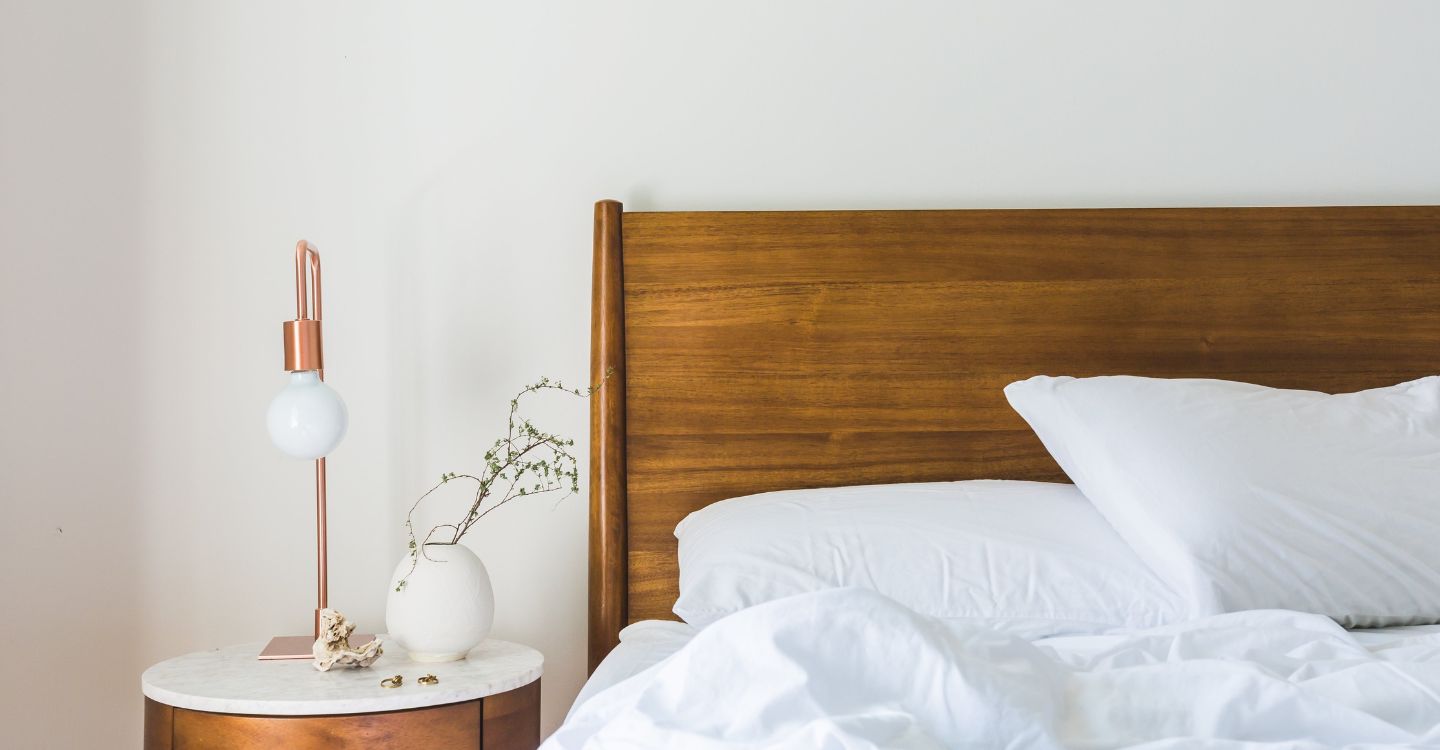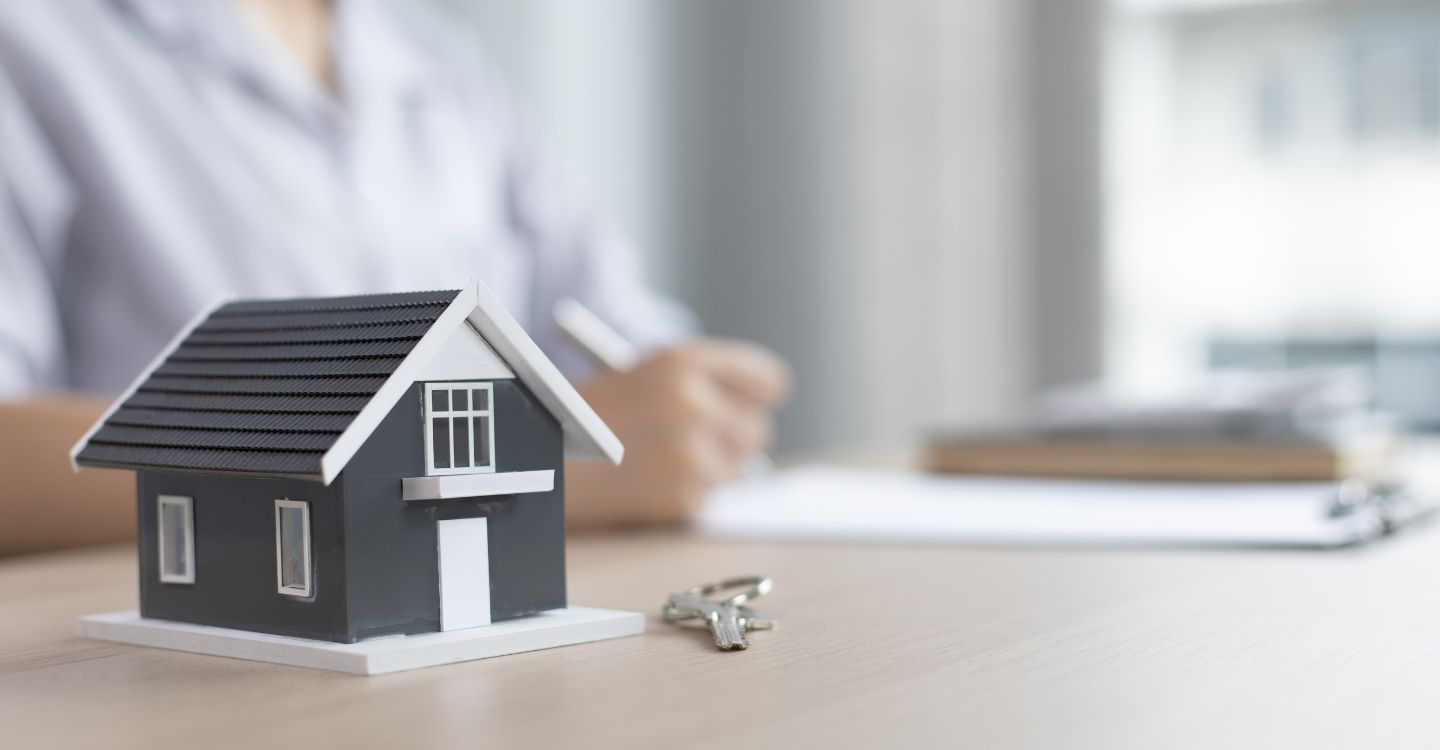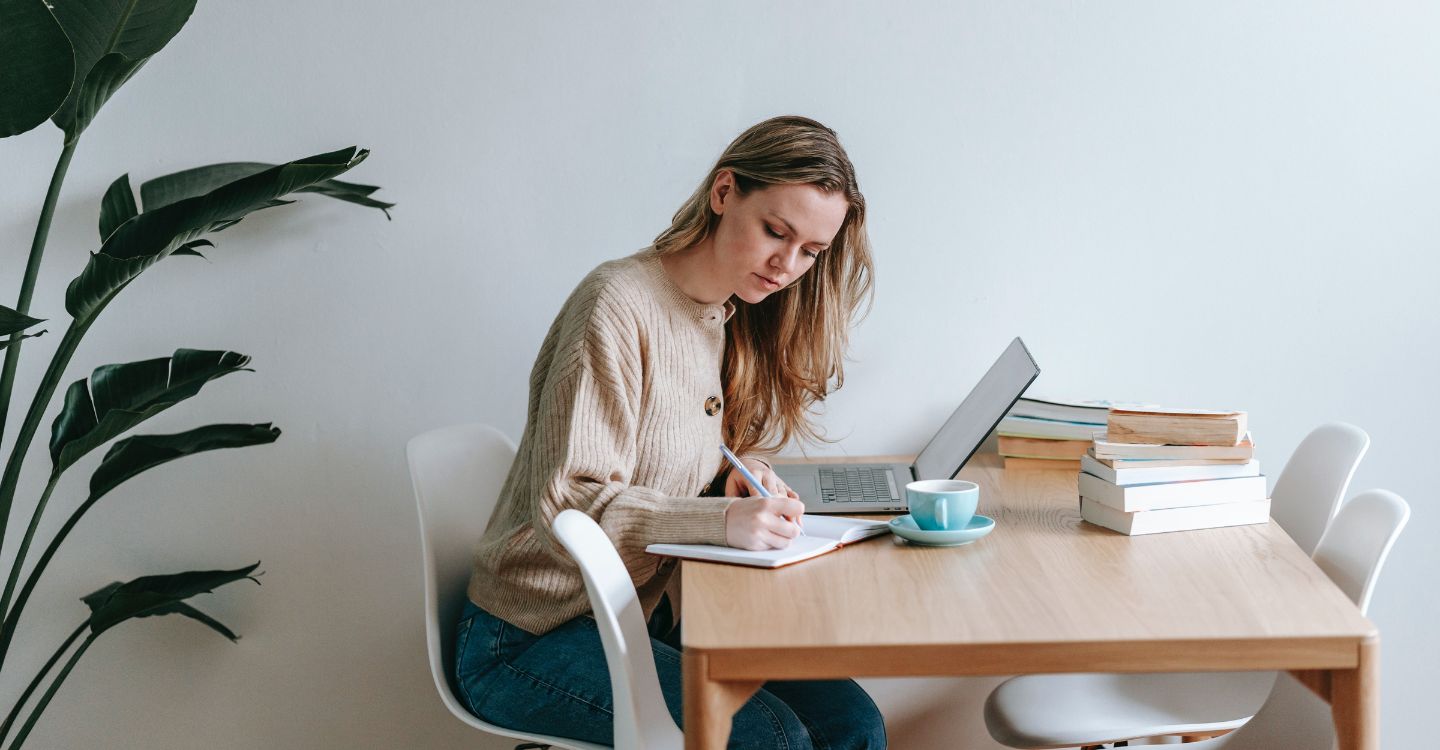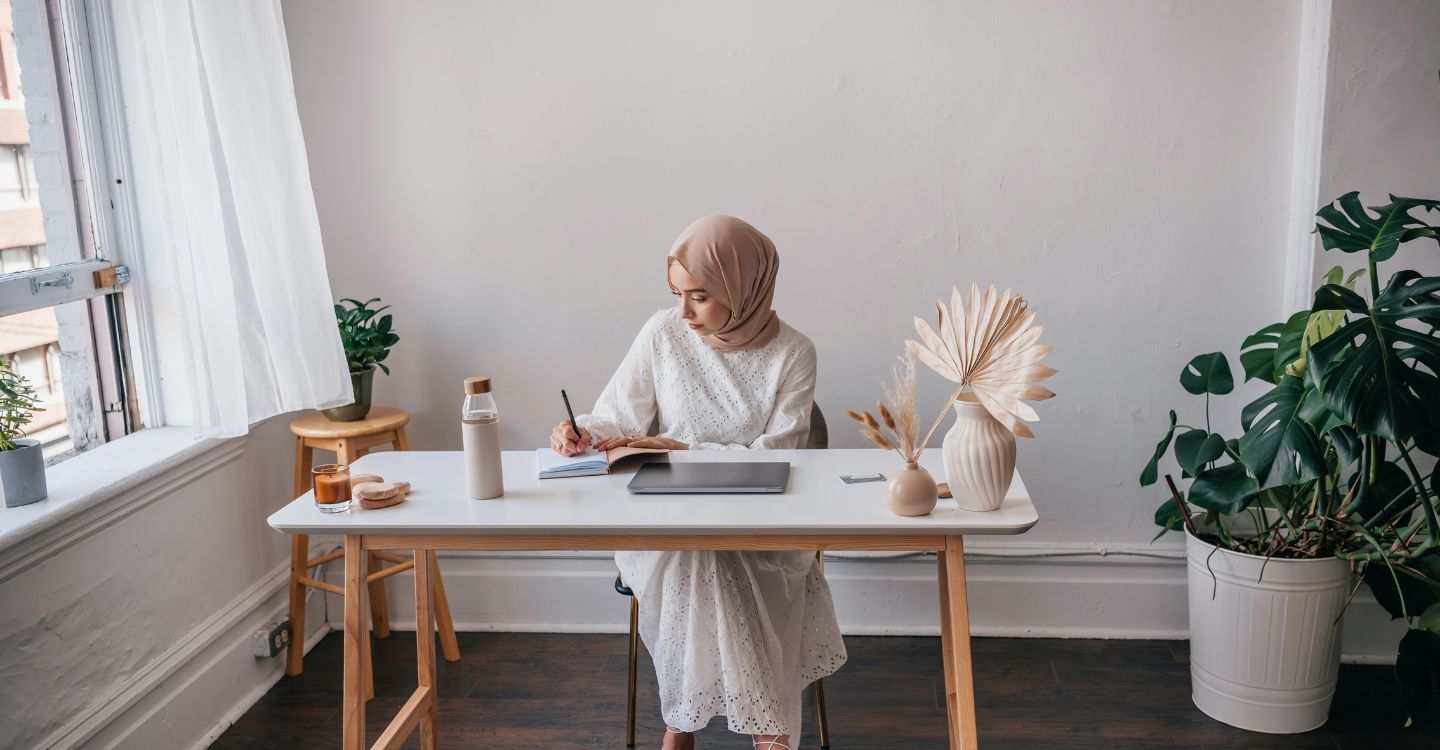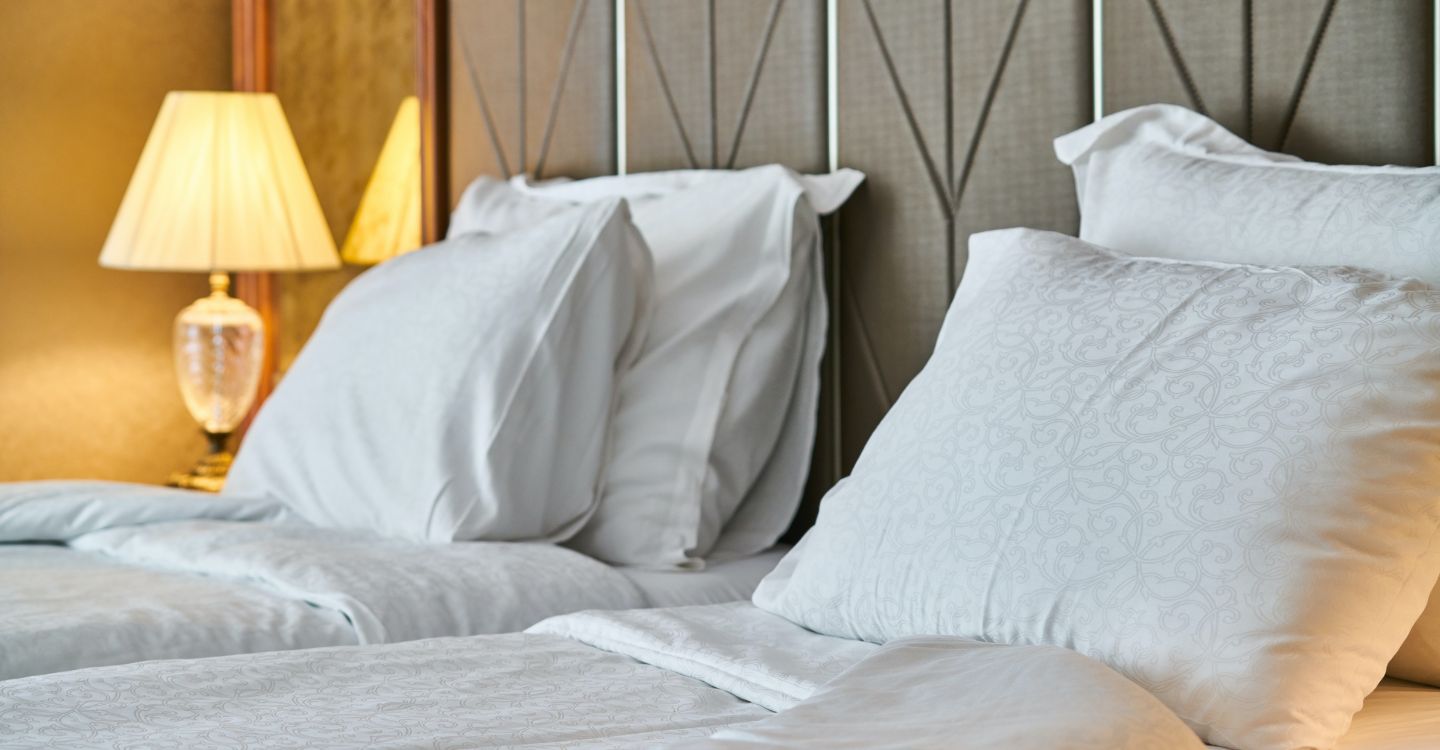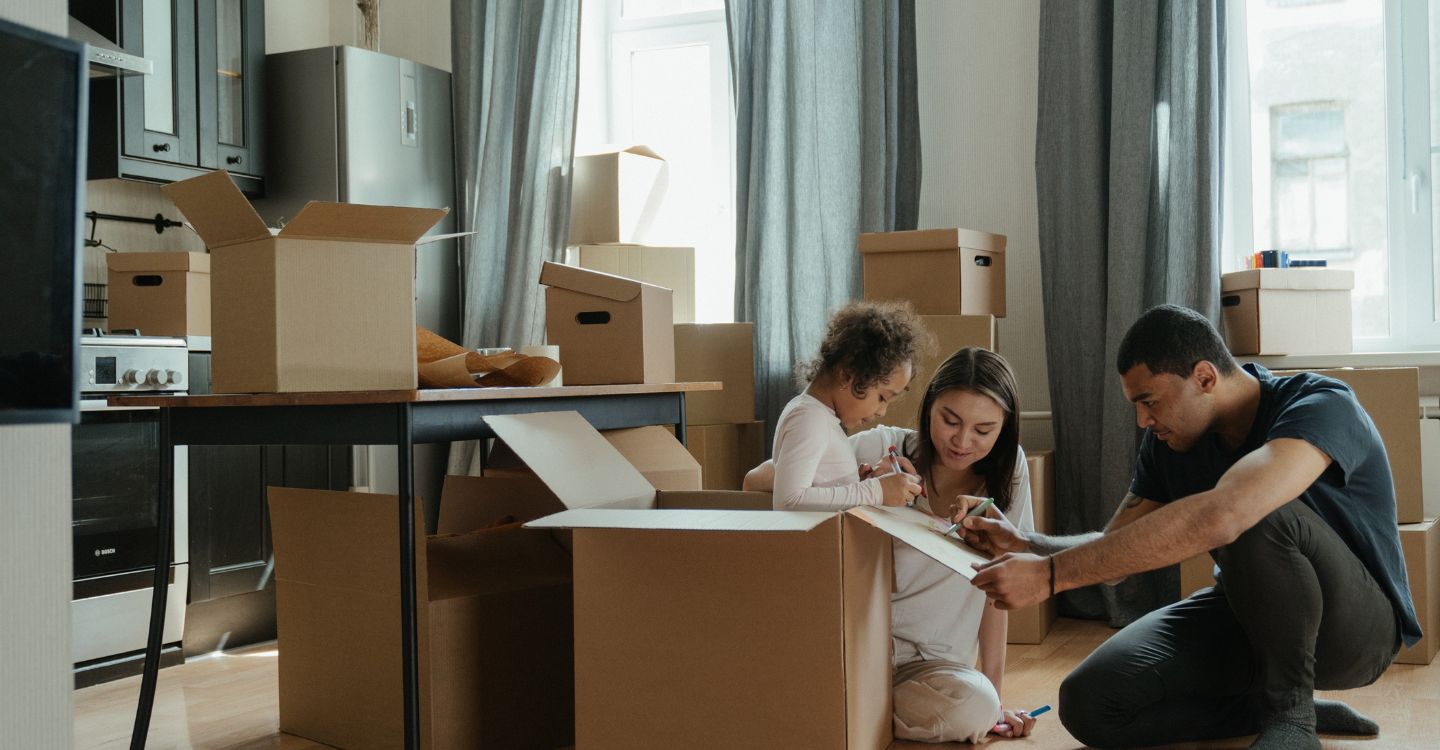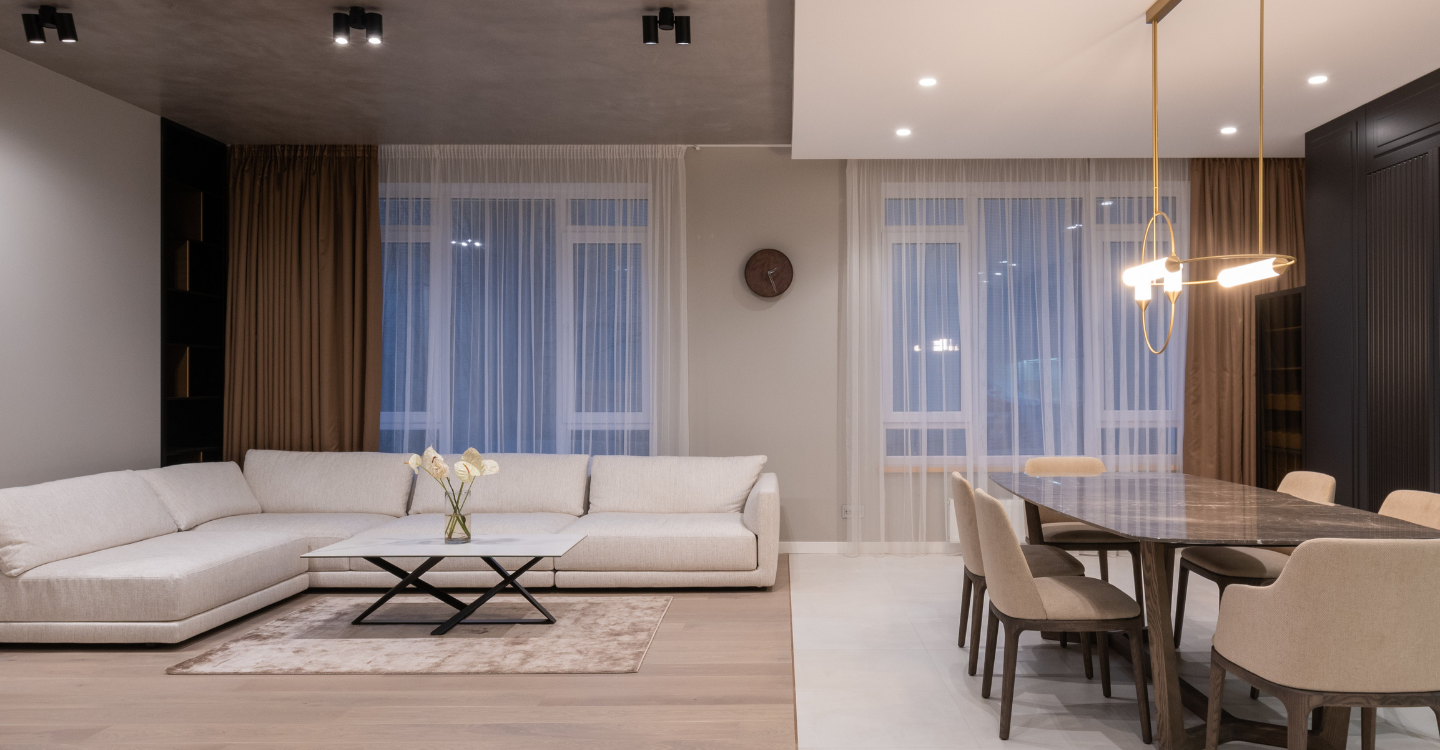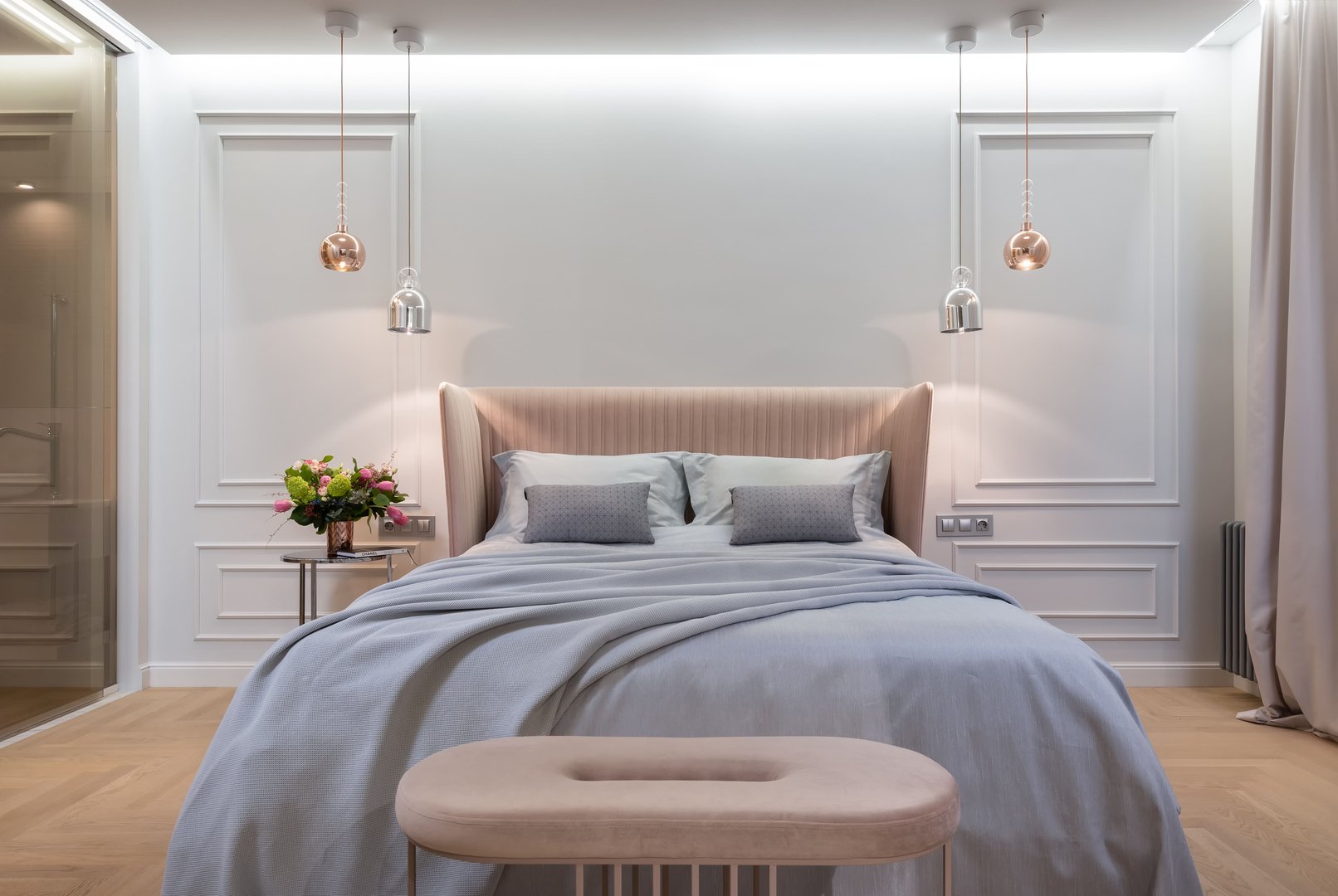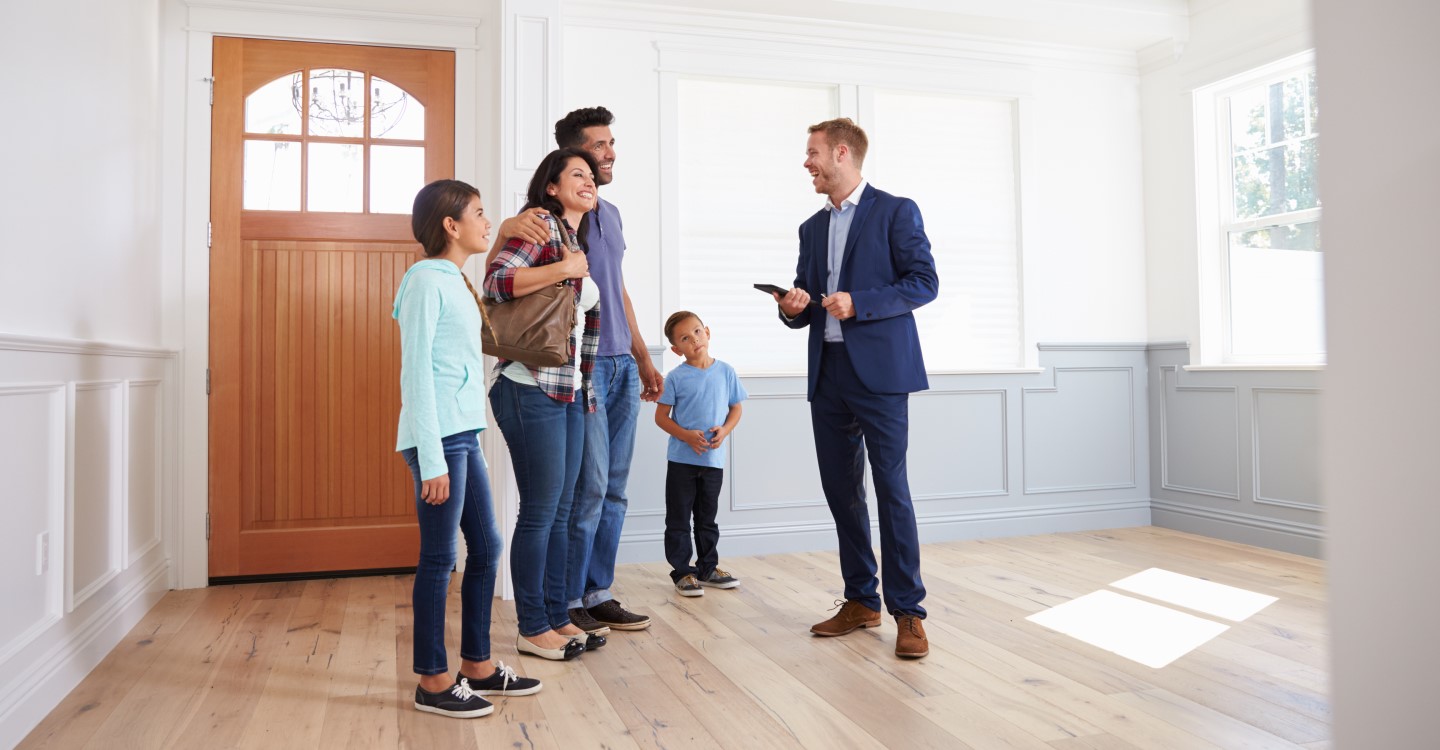When it comes to selling a home, first impressions are everything. The initial glimpse a potential buyer gets of your property can make a lasting impact and often determines whether they will consider making an offer. The way a home is presented can truly make or break a potential sale. This is where home staging becomes a crucial element in the selling process. Home staging is more than just cleaning and tidying up; it is the strategic art of preparing a home to appeal to the broadest range of buyers. It involves enhancing the home's strengths while downplaying its weaknesses to create an inviting and attractive environment. The goal is to showcase the property in the best possible light, allowing buyers to envision themselves living in the space.
Effective staging can highlight a home's key features, make rooms appear larger, and create a welcoming atmosphere that resonates with potential buyers. It goes beyond aesthetics, influencing buyers' emotional connections to the home and often speeding up the selling process.
In this detailed guide, I will share a collection of staging secrets that can transform your home and make it shine in the eyes of prospective buyers. From decluttering and cleaning to enhancing curb appeal and creating a welcoming entryway, these tips will help you present your home in the best possible way. By following these strategies, you can create a lasting first impression that attracts buyers and ultimately leads to a successful sale.
Understanding the Importance of Staging
Before diving into the secrets of effective staging, it’s crucial to understand why staging is so important. Staging plays a pivotal role in the home-selling process because it allows potential buyers to visualize themselves living in the space. When a home is well-staged, it creates an environment where buyers can imagine their furniture, decor, and daily routines fitting seamlessly into the property. This emotional connection can significantly influence their decision to make an offer.
A well-staged home also highlights its best features, drawing attention to unique architectural details, spacious layouts, or beautiful views. By showcasing these strengths, staging can make a home stand out in a competitive market. Additionally, staging can make rooms appear larger and more functional, providing a sense of openness and flow that might not be immediately apparent in an empty or cluttered space. This perception of space is crucial, as it can make a significant difference in how potential buyers perceive the value and usability of the home.
Creating a welcoming atmosphere is another essential aspect of staging. A warm, inviting ambiance can make buyers feel at home from the moment they walk in, increasing their emotional attachment to the property. This positive first impression is often lasting and can tip the scales in favor of a quicker and more lucrative sale.
Research consistently shows that staged homes sell faster and for higher prices than their non-staged counterparts. This is because staging helps create a vision for the potential buyer, making it easier for them to see the full potential of the property. In a market where buyers often make quick decisions based on first impressions, staging can be the difference between a home languishing on the market and one that sells quickly at a desirable price.
Start with a Clean Slate
The first step in staging your home is to declutter and clean. This foundational task sets the stage for all subsequent efforts in presenting your home in the best possible light. Buyers are naturally drawn to spaces that are clean, organized, and free from unnecessary clutter. When a potential buyer walks into a home, they want to see an environment that feels fresh and inviting, a place where they can imagine themselves living comfortably.
Decluttering involves removing personal items, excess furniture, and anything that makes the space feel cramped or overly personalized. This not only creates a more spacious appearance but also allows the architectural features and layout of the home to stand out. By clearing away the clutter, you are helping potential buyers focus on the home itself rather than being distracted by the contents within it.
Cleaning is equally important in staging a home. A thorough deep clean can transform the overall look and feel of your property. This means scrubbing floors, washing windows, and ensuring that every surface gleams. Kitchens and bathrooms, in particular, should be spotless, as these are key areas that buyers scrutinize closely. A clean home gives the impression that it has been well-maintained, which can instill confidence in buyers regarding the overall condition and care of the property.
1. Declutter: Remove all unnecessary items from each room. This includes personal belongings, excess furniture, and any items that make the space feel crowded.
2. Deep Clean: Pay special attention to kitchens and bathrooms, as these are key selling points for many buyers. Clean windows, floors, and all surfaces thoroughly.
Maximize Curb Appeal
First impressions start at the curb. Enhancing your home's exterior can draw buyers in and set the tone for their viewing experience.
1. Landscape Maintenance: Keep your lawn mowed, bushes trimmed, and flower beds weeded. Consider planting fresh flowers or adding potted plants to enhance the look.
2. Fresh Paint: A fresh coat of paint on the front door can work wonders. Choose a welcoming color that complements your home's exterior.
3. Clean Entryway: Ensure the entryway is clean and inviting. Add a new doormat and make sure the porch light is working.
Create a Welcoming Entryway
The entryway sets the stage for the rest of the home. Make it inviting and functional.
1. Clear Clutter: Remove shoes, coats, and any other items that can make the space feel cluttered.
2. Add Decor: A stylish console table, a mirror, and a vase of fresh flowers can make the entryway feel welcoming.
3. Lighting: Ensure the entryway is well-lit. Add a lamp or update the existing light fixture if necessary.
Make Rooms Look Larger
One of the biggest challenges in staging is making rooms appear larger. Here are some tips to maximize space:
1. Use Light Colors: Light colors on walls and furniture can make a room feel more open and airy.
2. Furniture Arrangement: Arrange furniture to create a natural flow and avoid blocking walkways. Consider removing any excess furniture.
3. Mirrors: Strategically placed mirrors can reflect light and give the illusion of more space.
Highlight Key Features
Every home has unique features that should be highlighted to attract buyers.
1. Fireplaces: If you have a fireplace, make it a focal point by arranging furniture around it and adding decor like a mantelpiece display.
2. Built-ins: Built-in shelves or cabinets should be styled with a mix of books, decor items, and storage baskets to show off their functionality.
3. Views: If your home has beautiful views, make sure to highlight them by keeping windows clean and using minimal window treatments.
Create a Neutral Canvas
Buyers need to imagine themselves living in your home, so it's important to create a neutral environment.
1. Neutral Colors: Use neutral colors for walls, floors, and larger furniture pieces. This allows buyers to focus on the space itself rather than the decor.
2. Depersonalize: Remove personal photos, memorabilia, and any items that are very specific to your taste.
Add Fresh and Inviting Elements
Fresh elements can make your home feel lively and welcoming.
1. Fresh Flowers and Plants: Place fresh flowers in vases and use potted plants to add life to rooms.
2. Aromatherapy: Use subtle scents like lavender or vanilla to create a pleasant atmosphere. Avoid strong or overwhelming fragrances.
Stage Each Room with a Purpose
Each room should have a clear and defined purpose. This helps buyers see the potential use of every space.
1. Living Room: Arrange furniture to create a conversation area. Use pillows and throws to add warmth.
2. Dining Room: Set the table with stylish place settings to create an inviting atmosphere.
3. Kitchen: Clear countertops of small appliances and add a bowl of fresh fruit or a vase of flowers.
4. Bedrooms: Make beds with fresh, coordinated linens and add a few decorative pillows. Clear away personal items from nightstands.
5. Bathrooms: Use fresh towels, a clean shower curtain, and add spa-like touches such as candles or decorative soaps.
Pay Attention to Lighting
Good lighting can make a home feel warm and inviting. Use a mix of lighting sources to brighten each room.
1. Natural Light: Make the most of natural light by opening curtains and blinds.
2. Ambient Lighting: Use ceiling fixtures, chandeliers, or recessed lighting to provide overall illumination.
3. Accent Lighting: Add table lamps, floor lamps, and under-cabinet lighting to highlight specific areas and create a cozy atmosphere.
Final Touches
Before showing your home, do a final walkthrough to ensure everything is perfect.
1. Consistency: Make sure each room flows seamlessly into the next. Consistent colors and styles create a cohesive look.
2. Cleanliness: Do a last-minute cleaning to ensure everything is spotless.
3. Small Repairs: Fix any minor issues like loose handles, dripping faucets, or squeaky doors.
Conclusion
Staging your home effectively can make a significant difference in attracting buyers and achieving a quick sale at the best possible price. By following these staging secrets, you can make your home shine and create a lasting impression on potential buyers. Remember, the goal is to help buyers envision themselves living in the space, so keep things neutral, clean, and inviting. Happy selling!





























